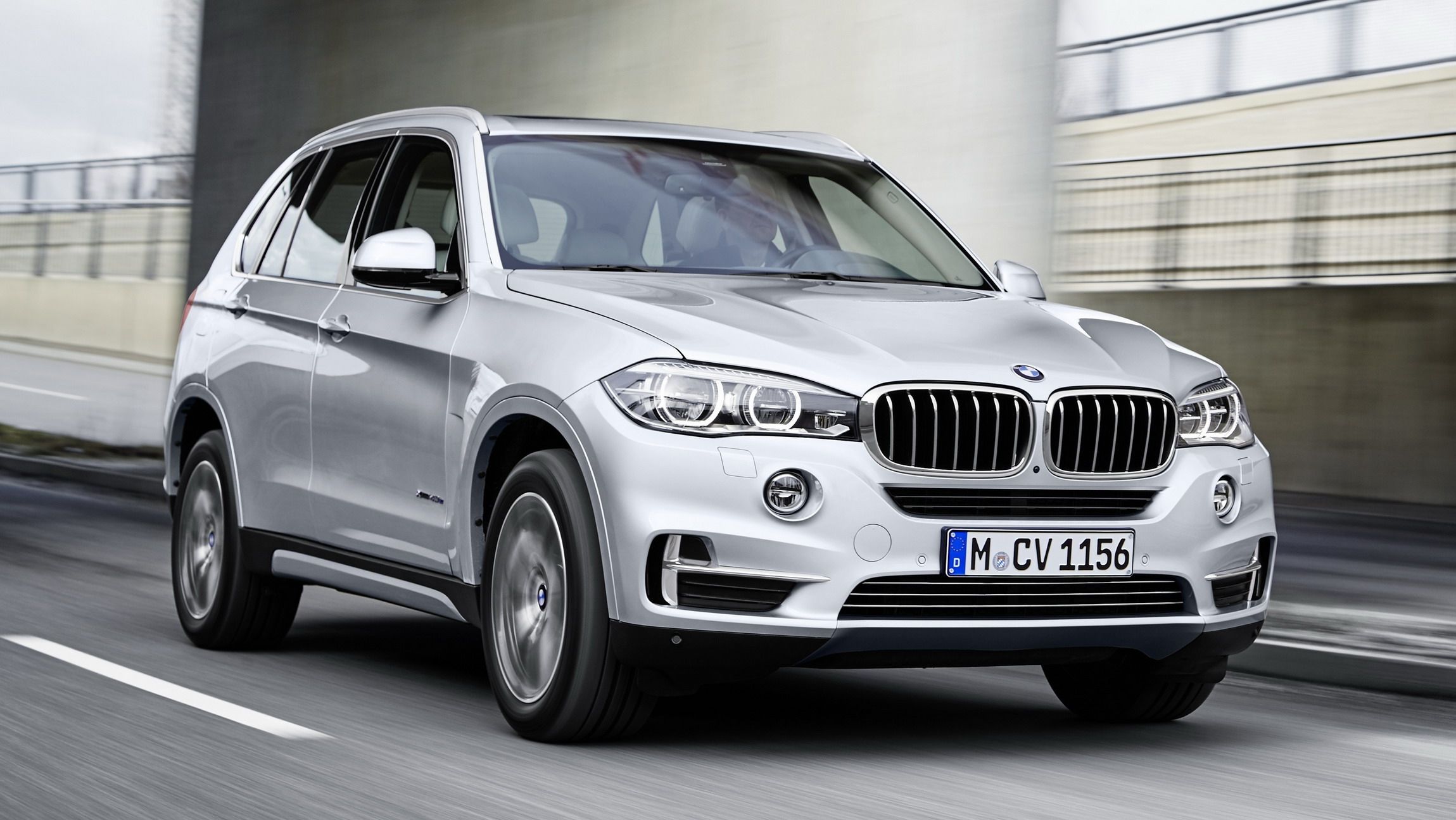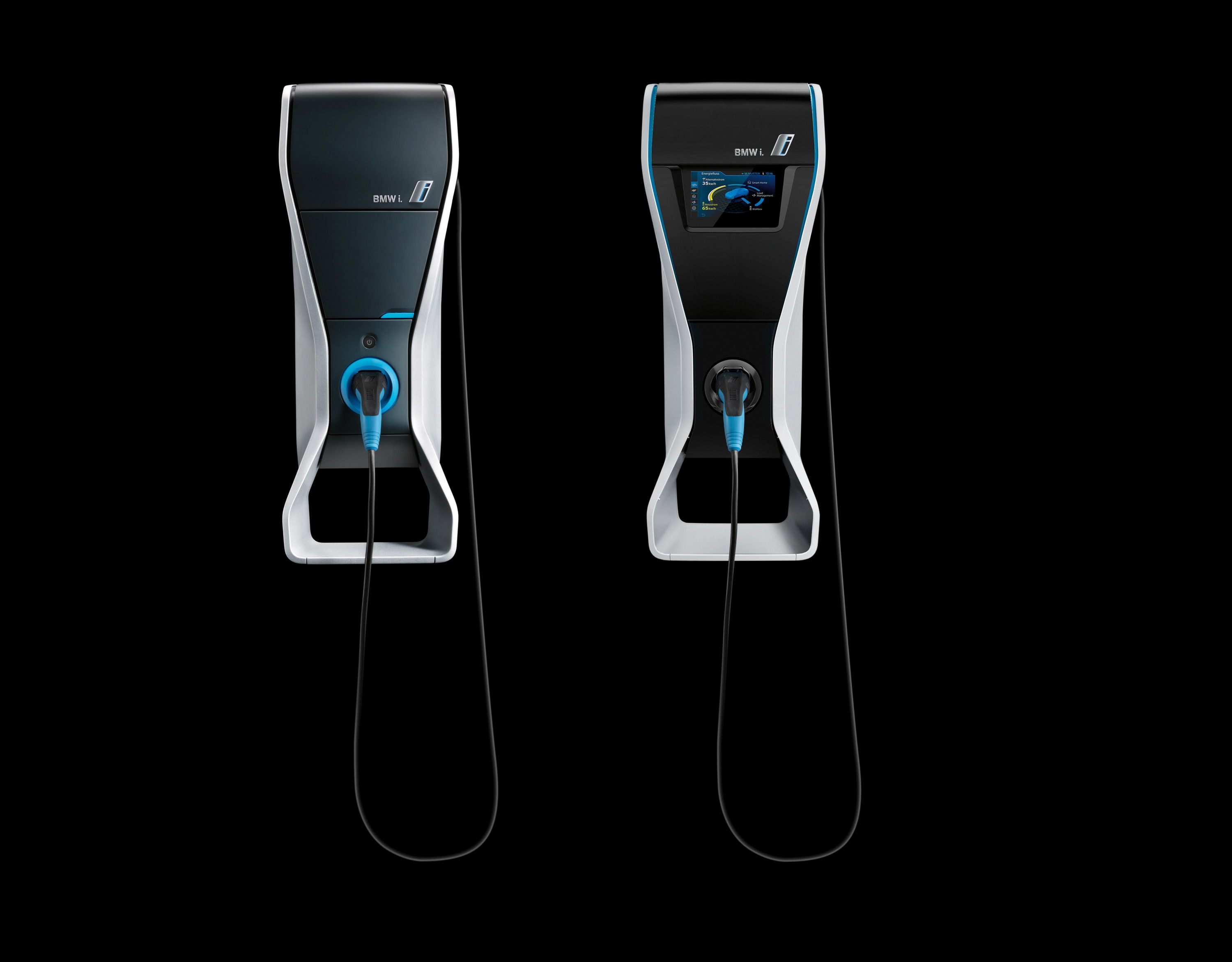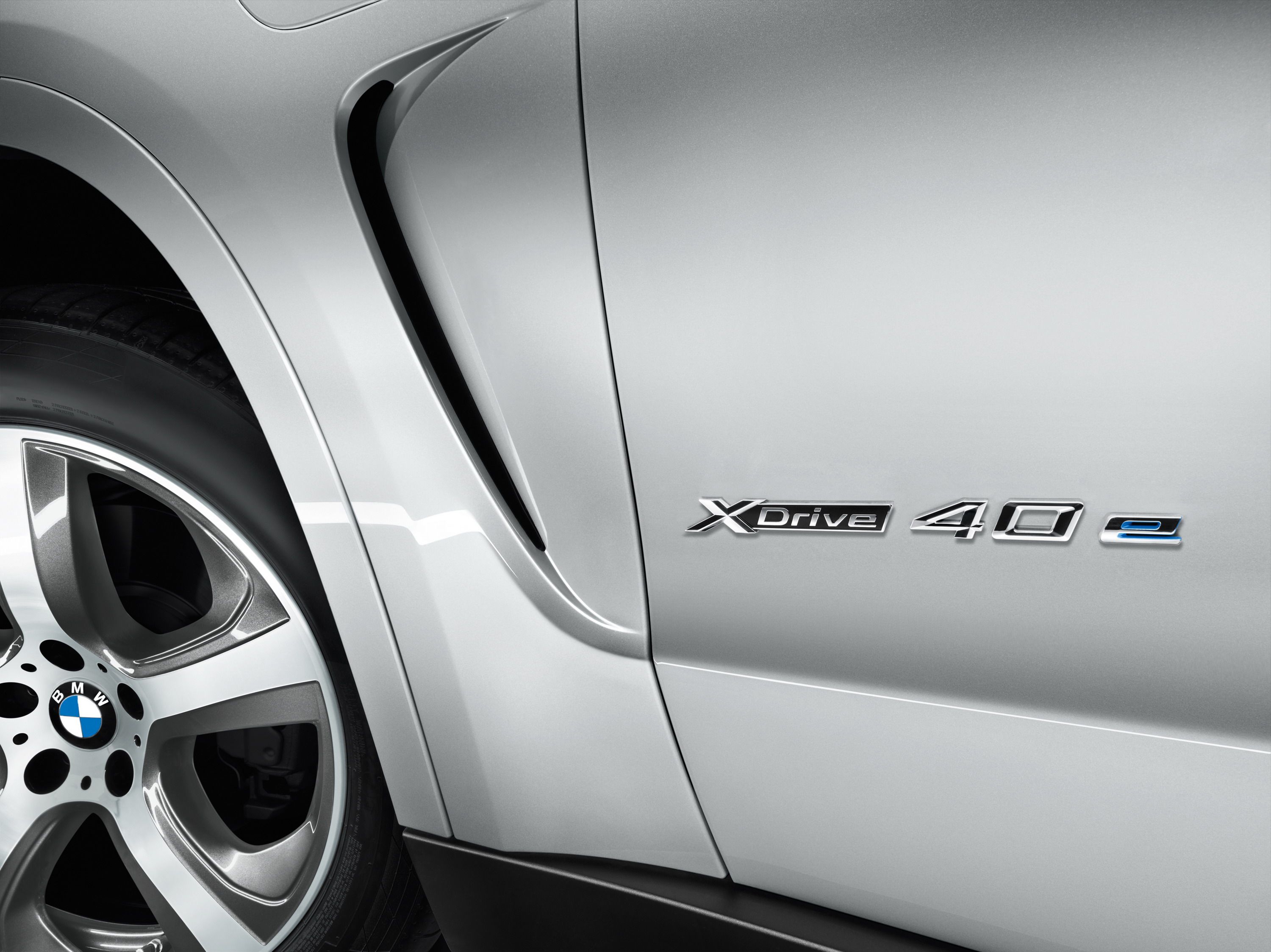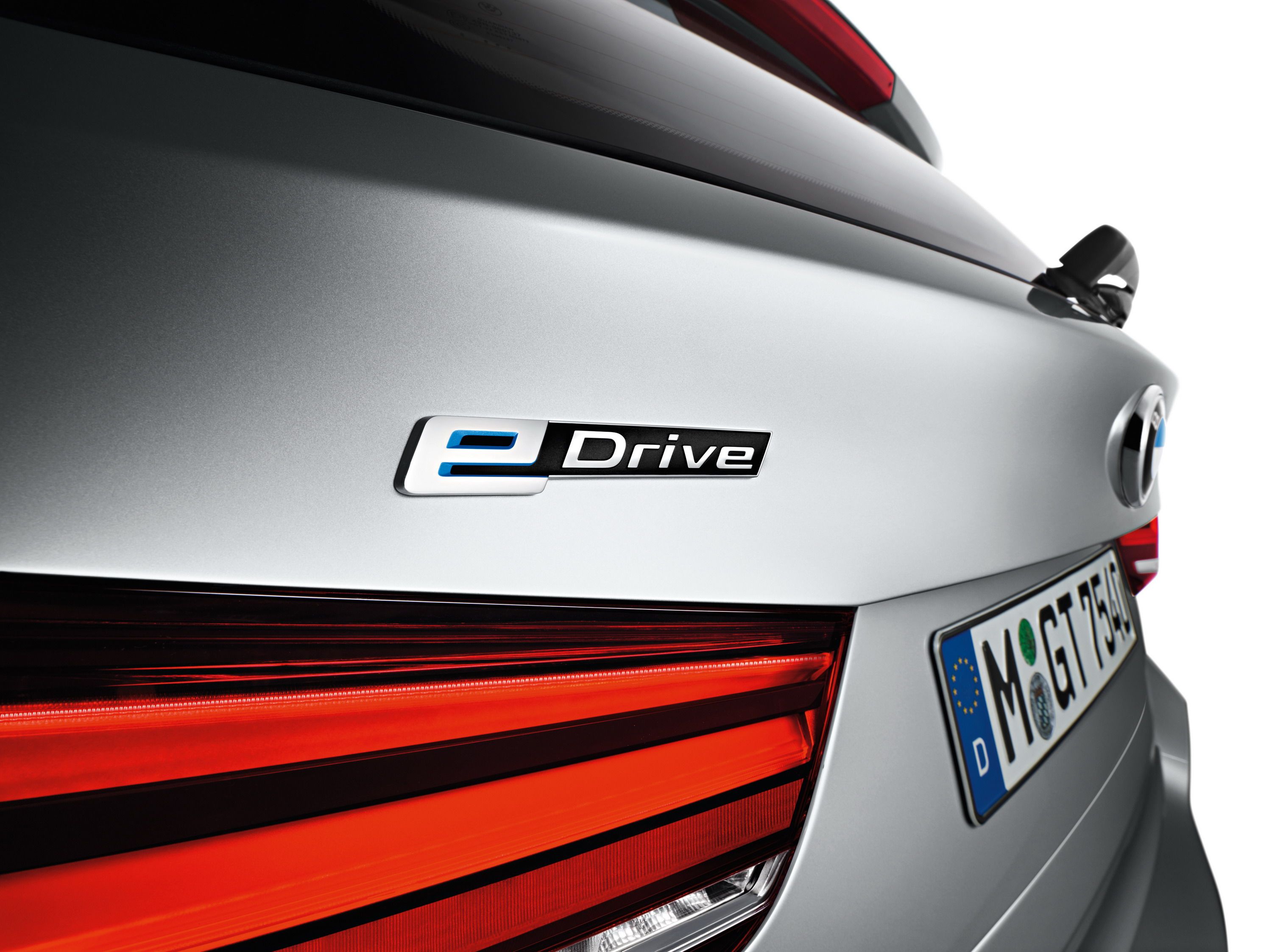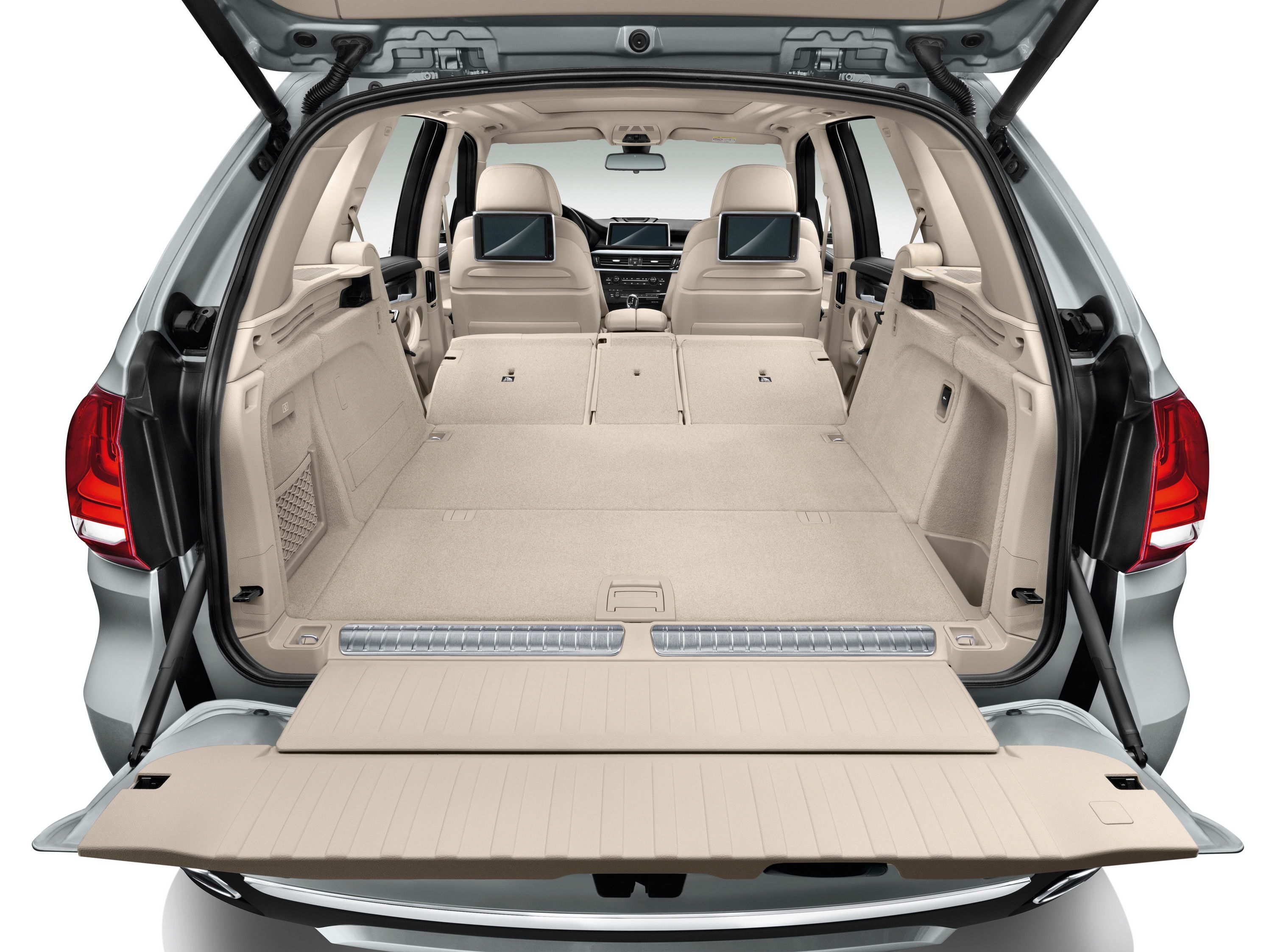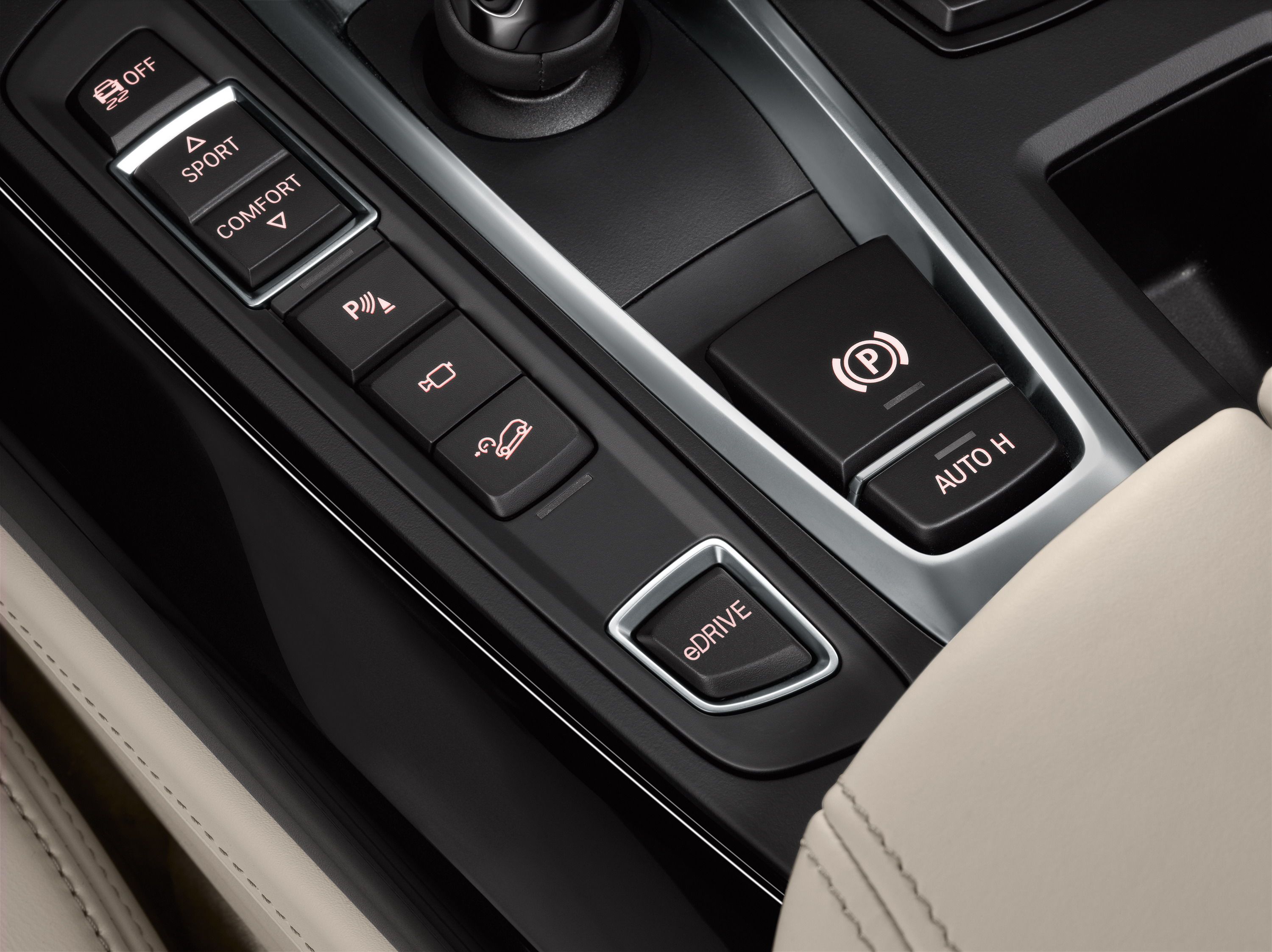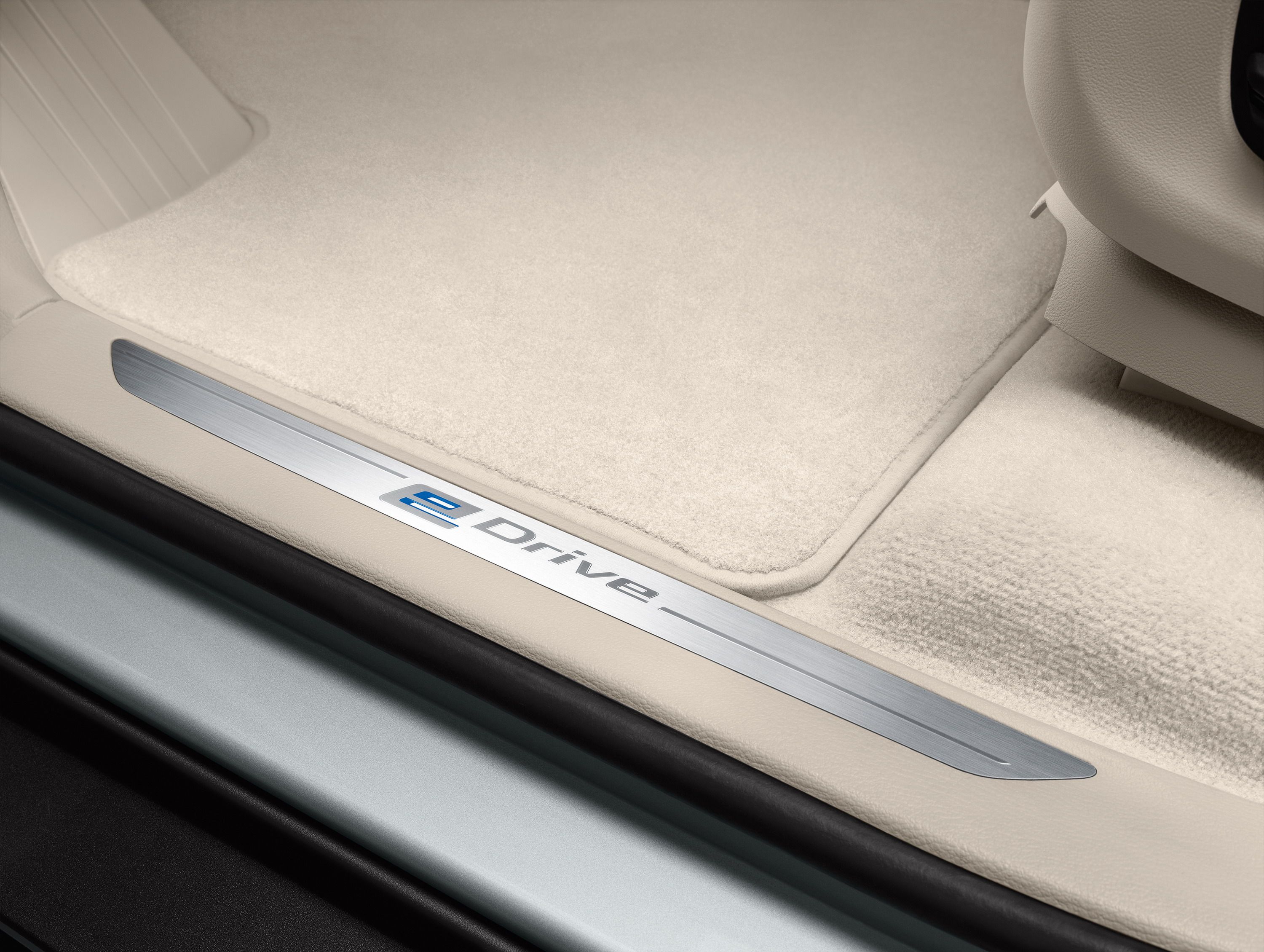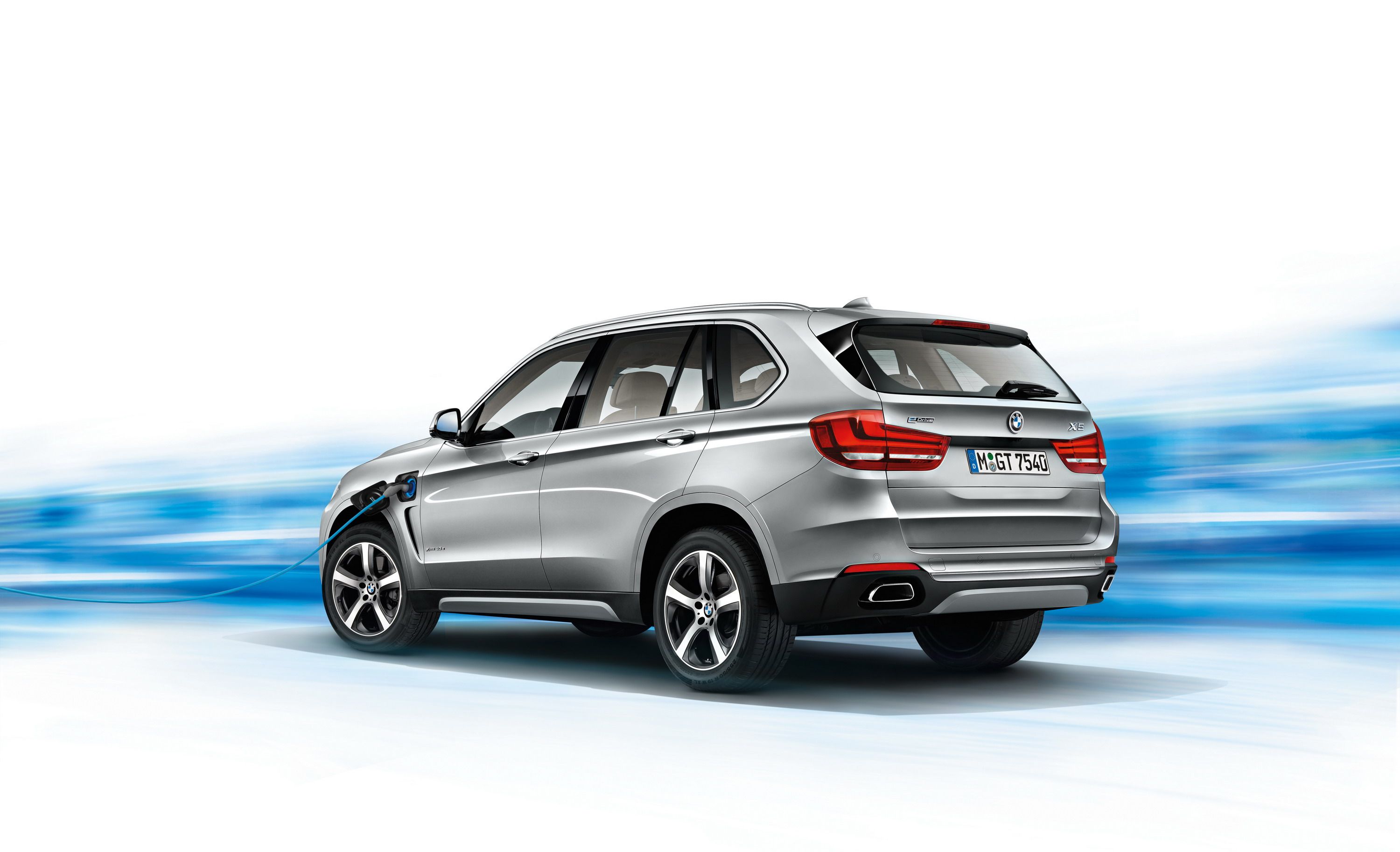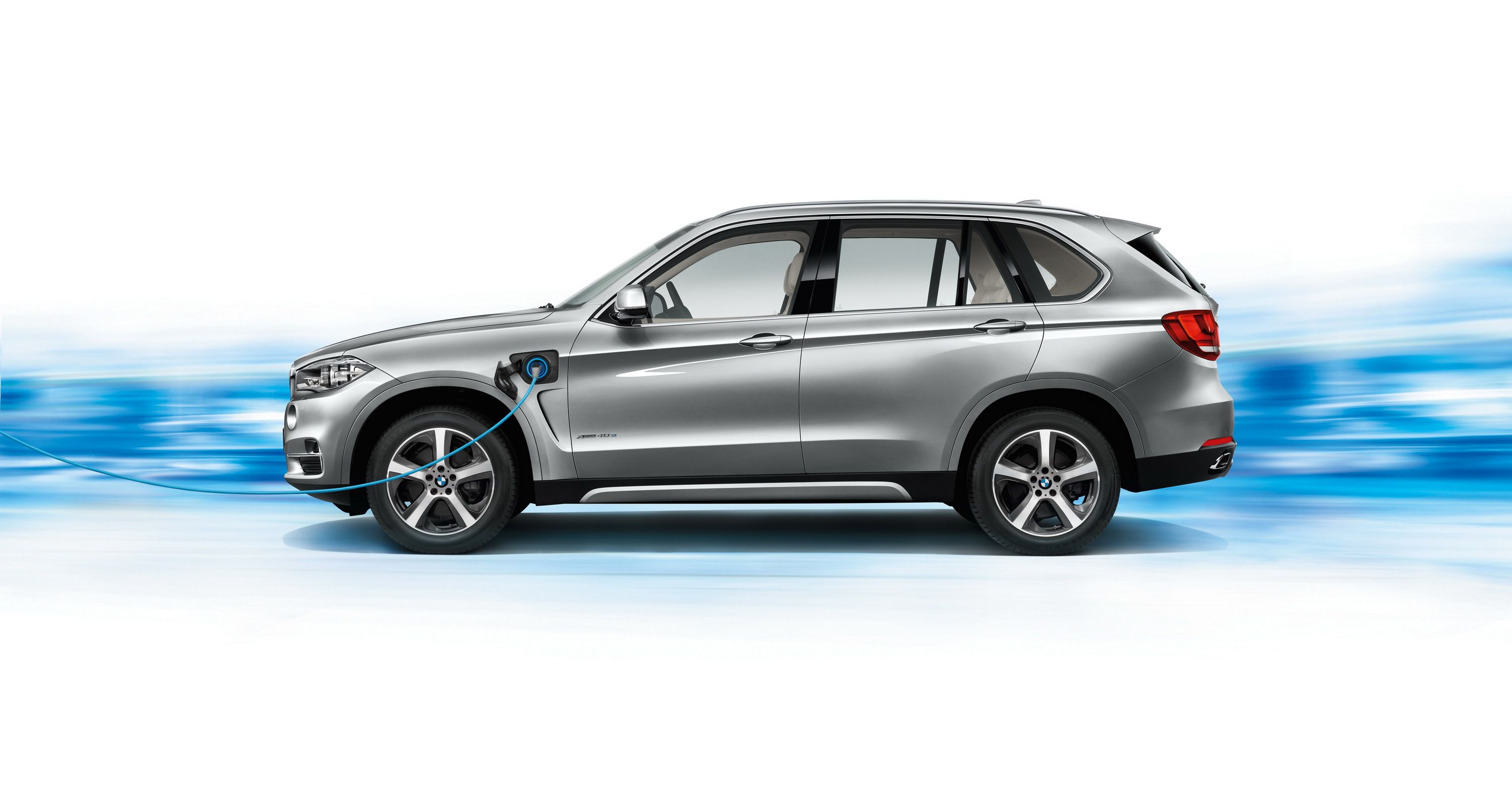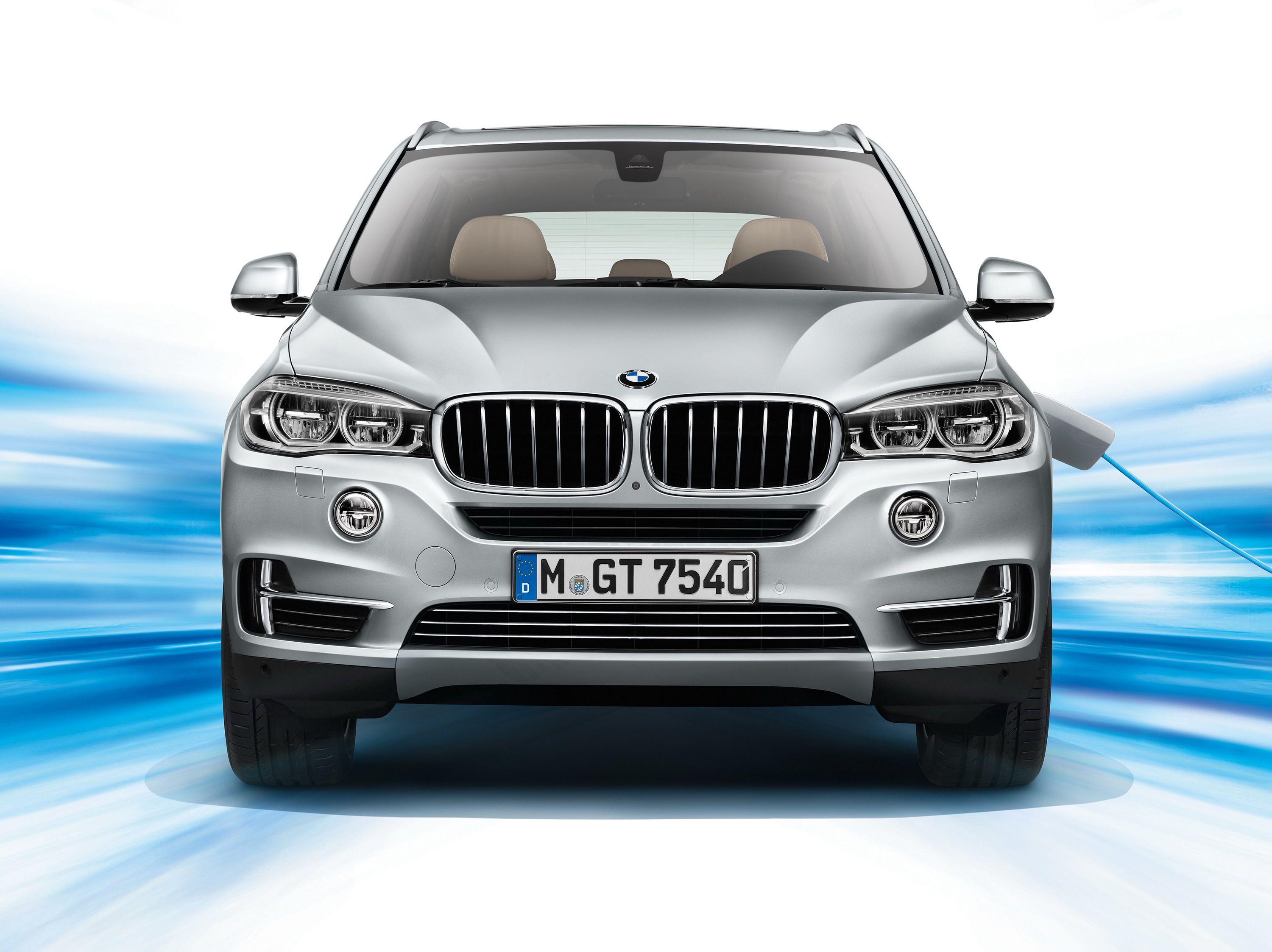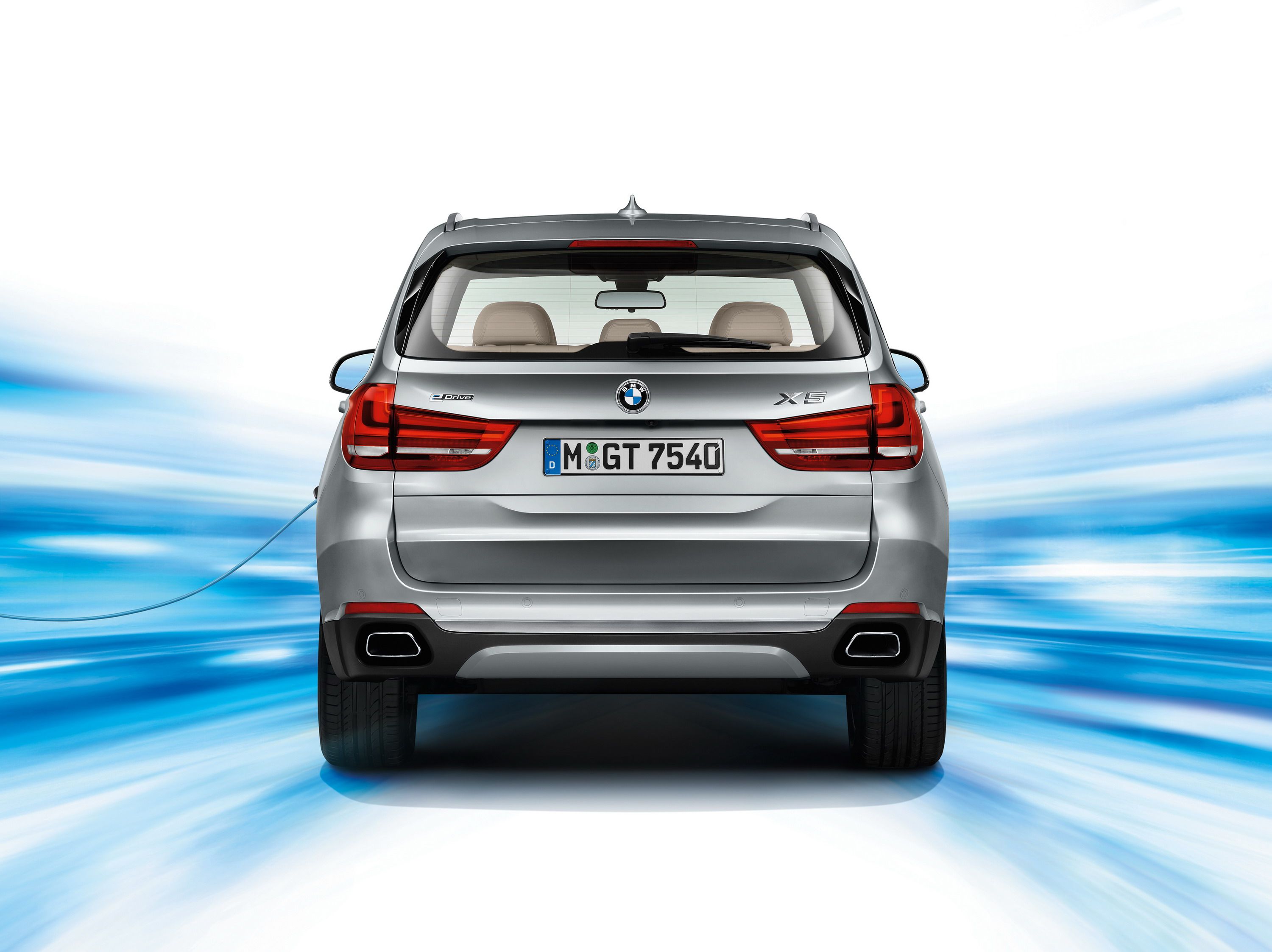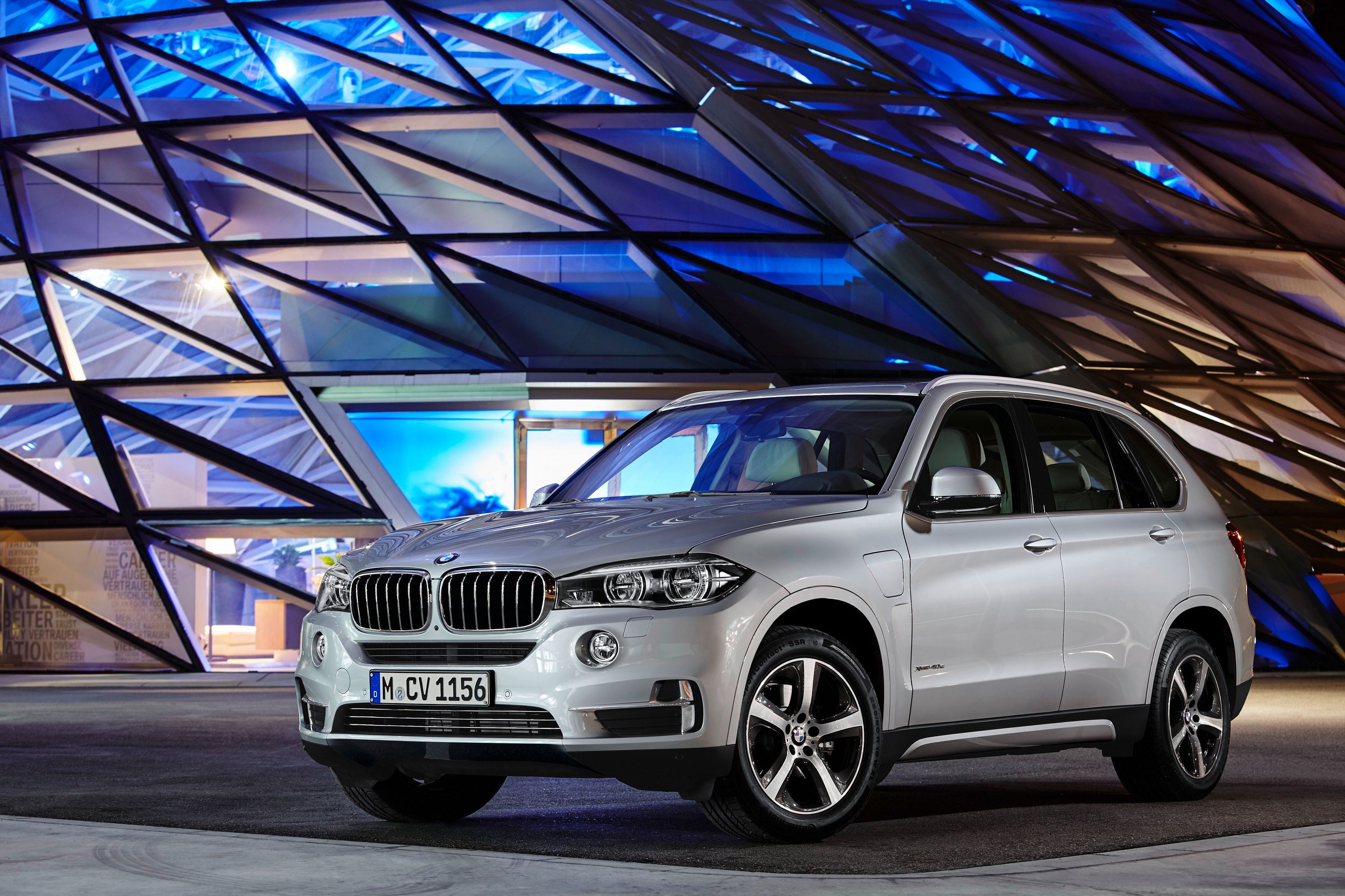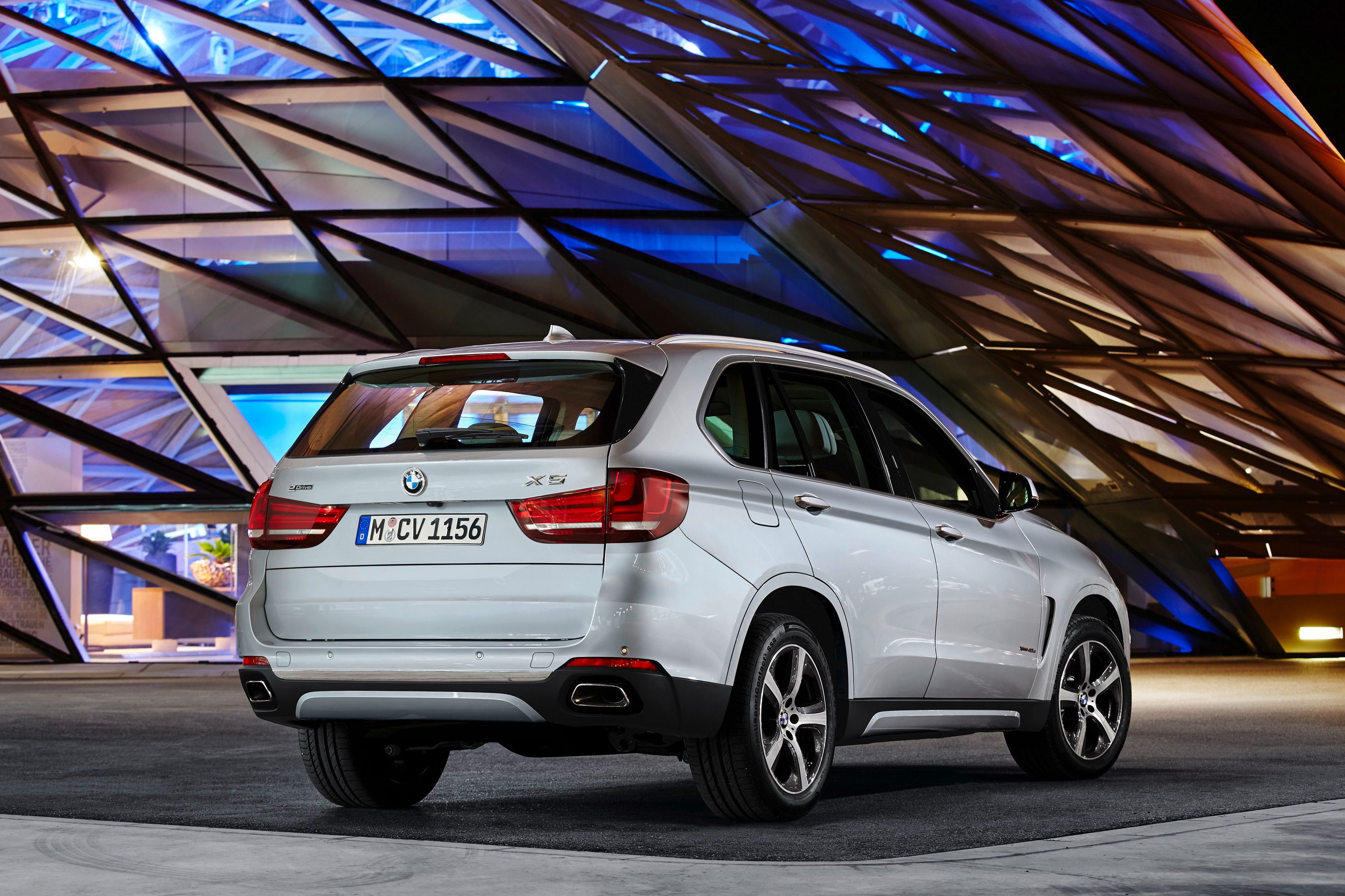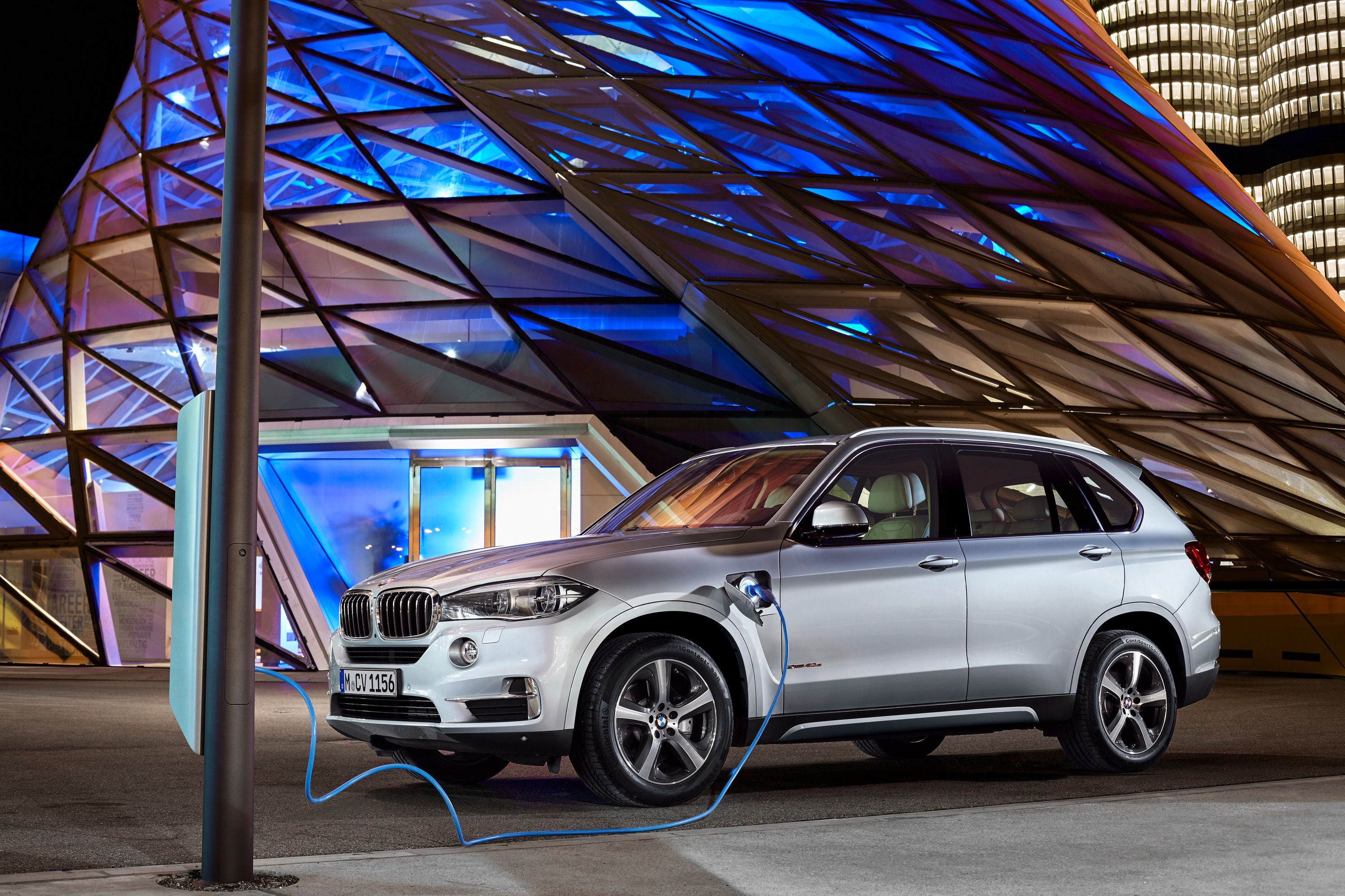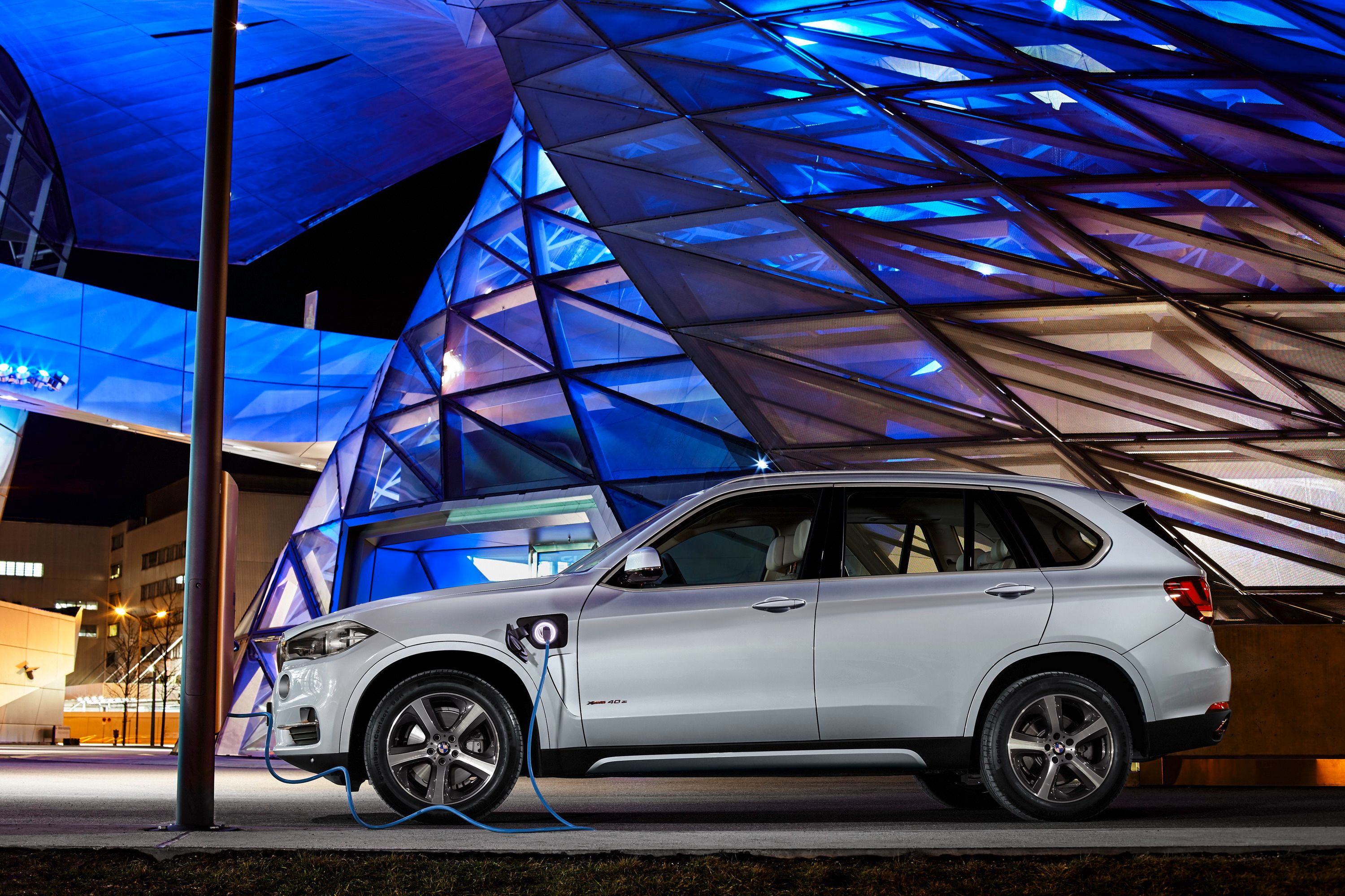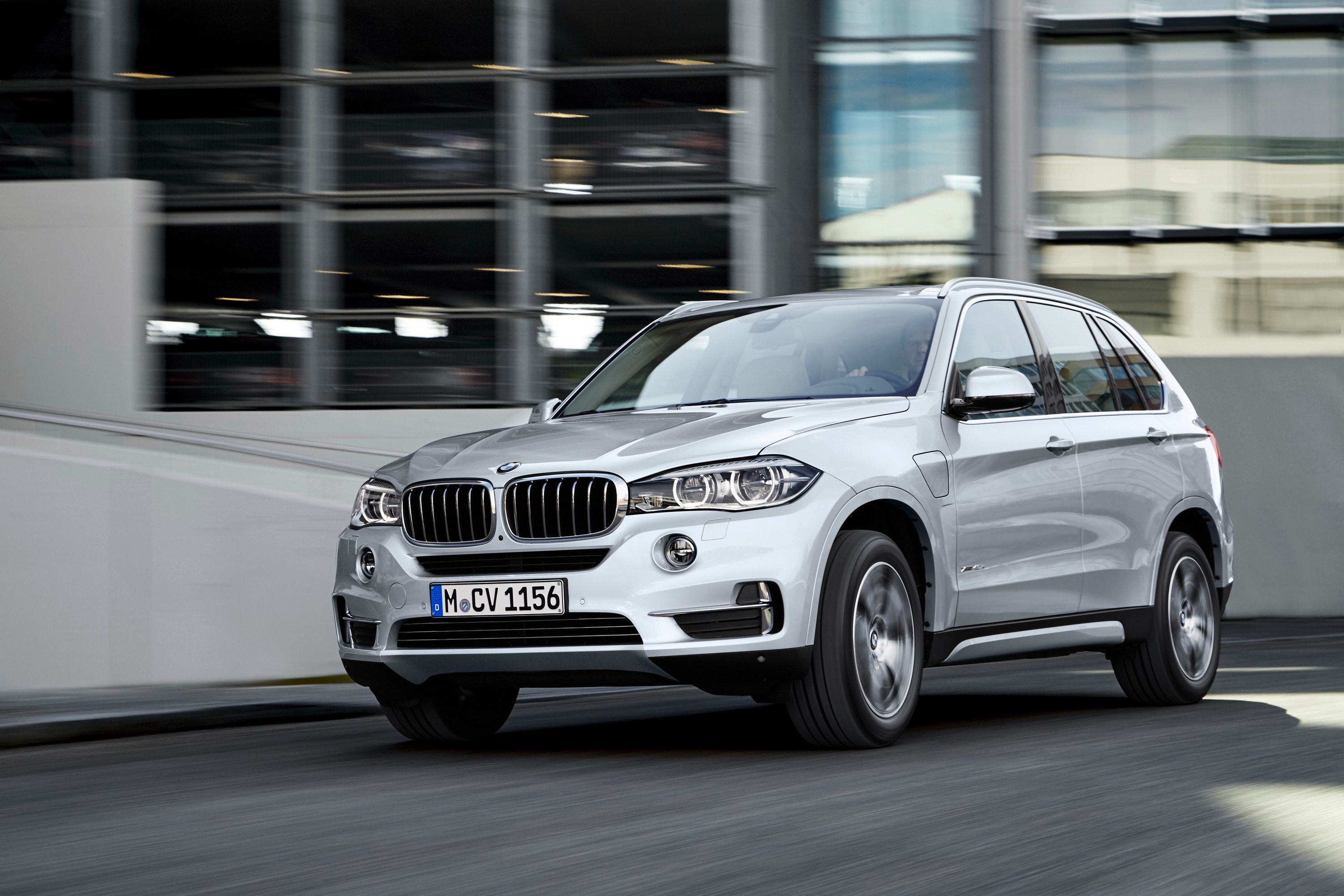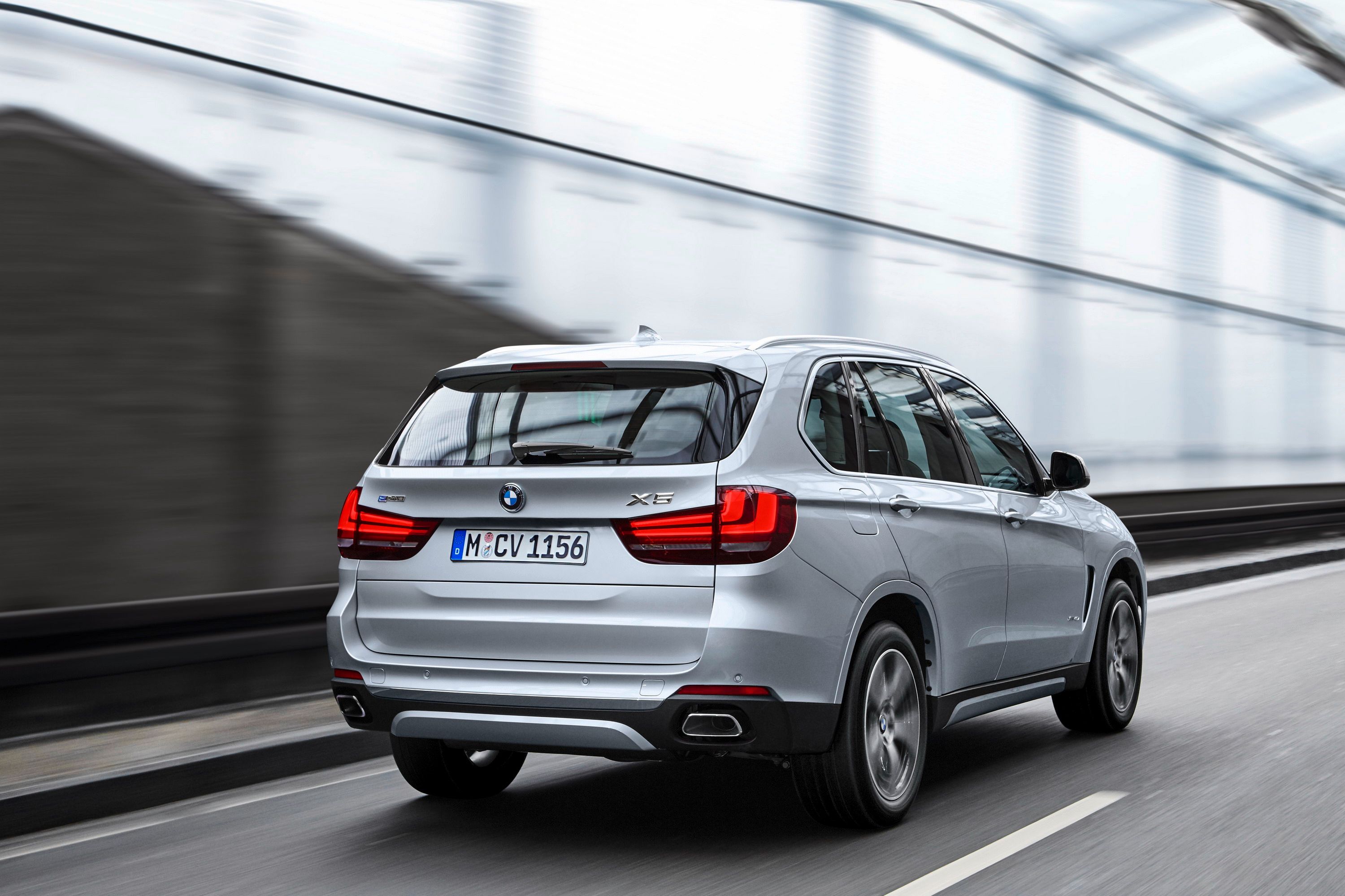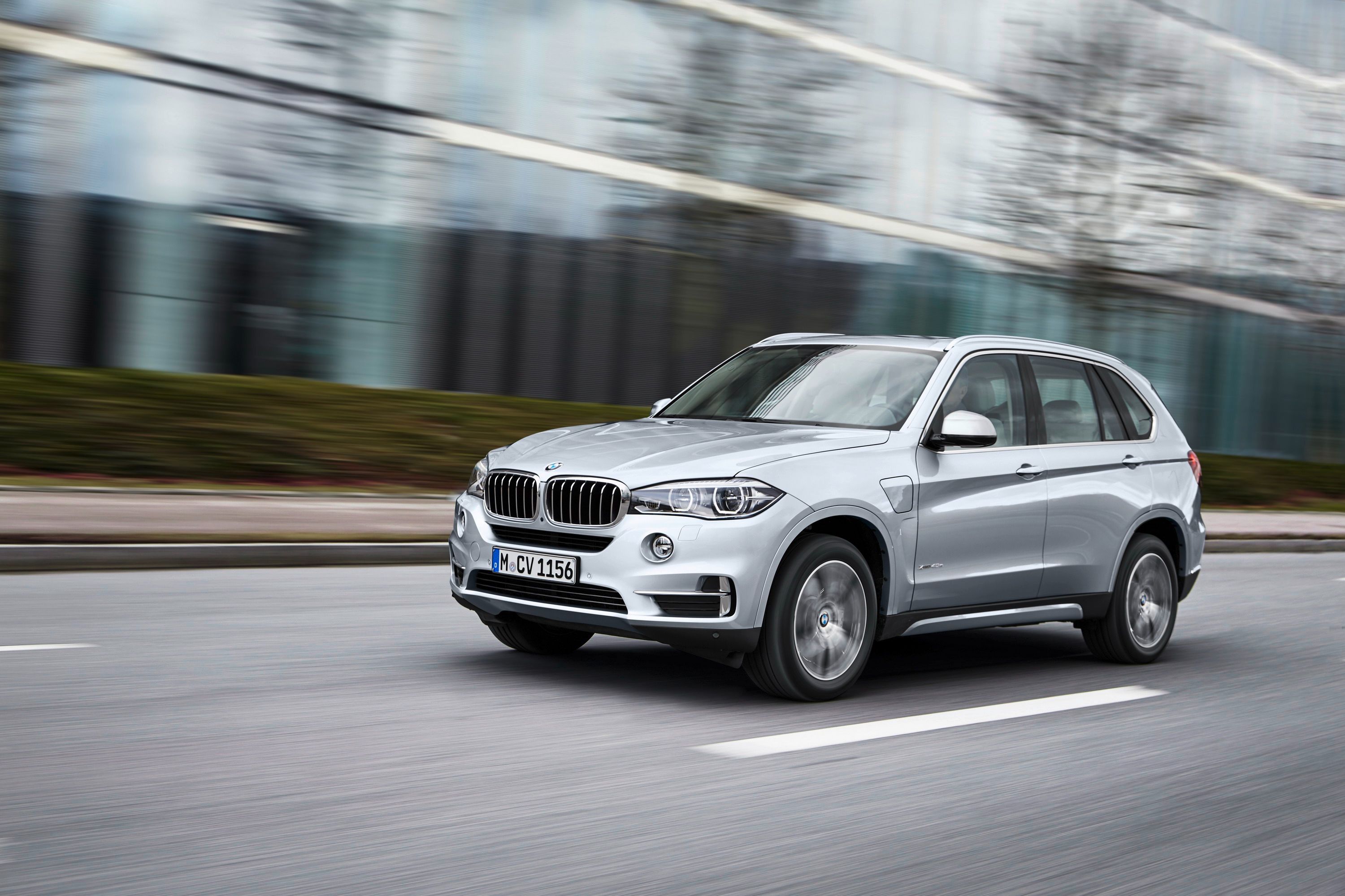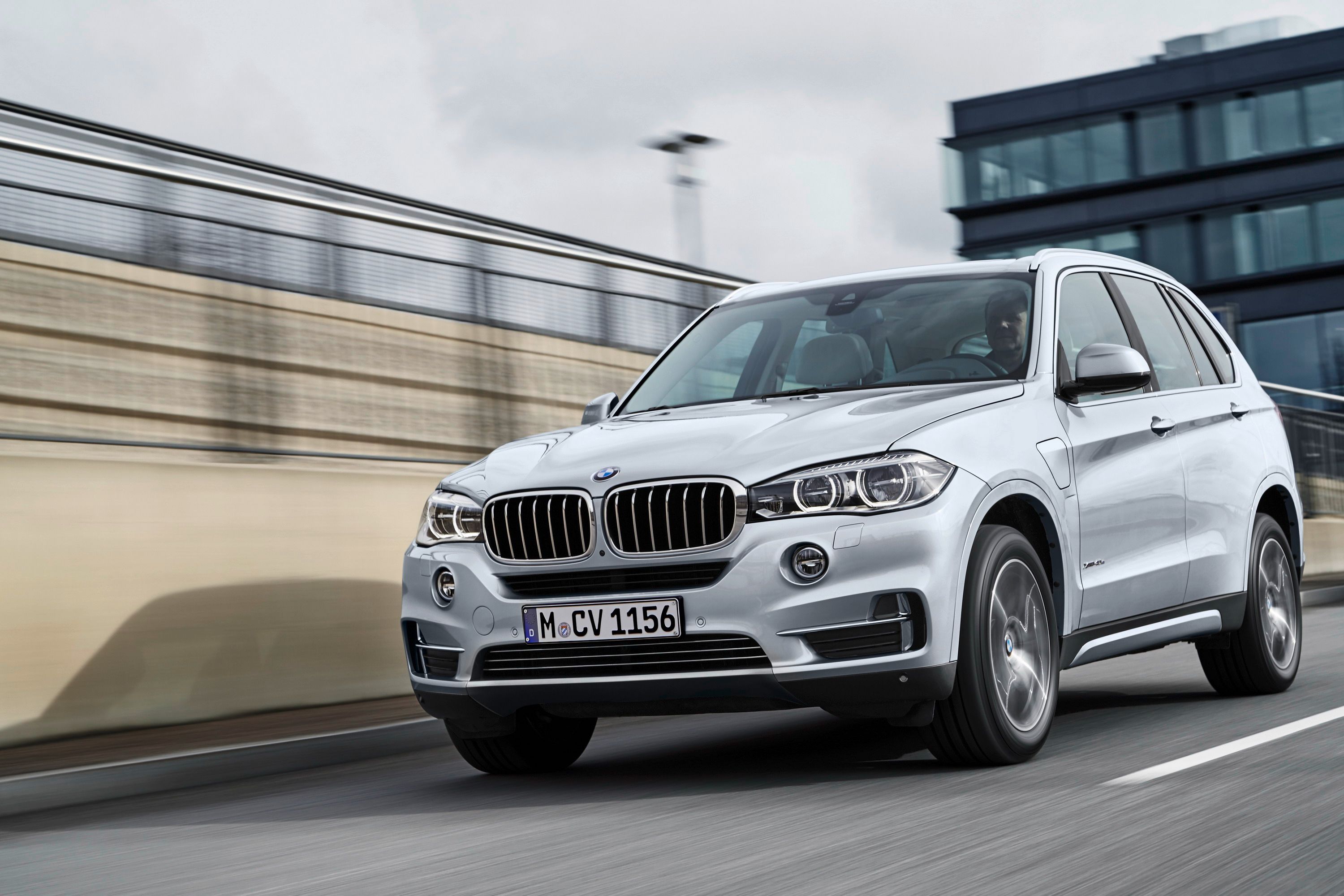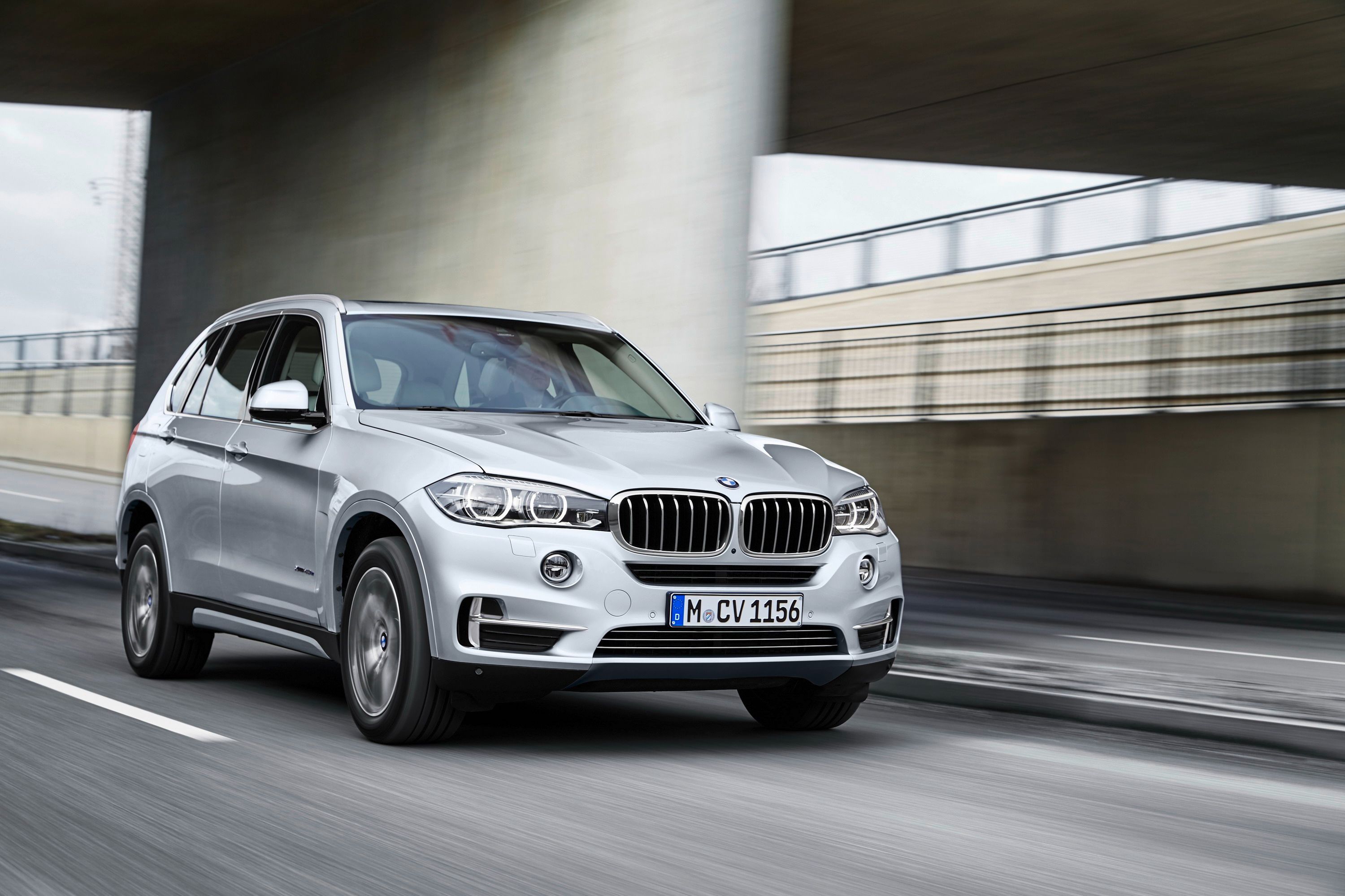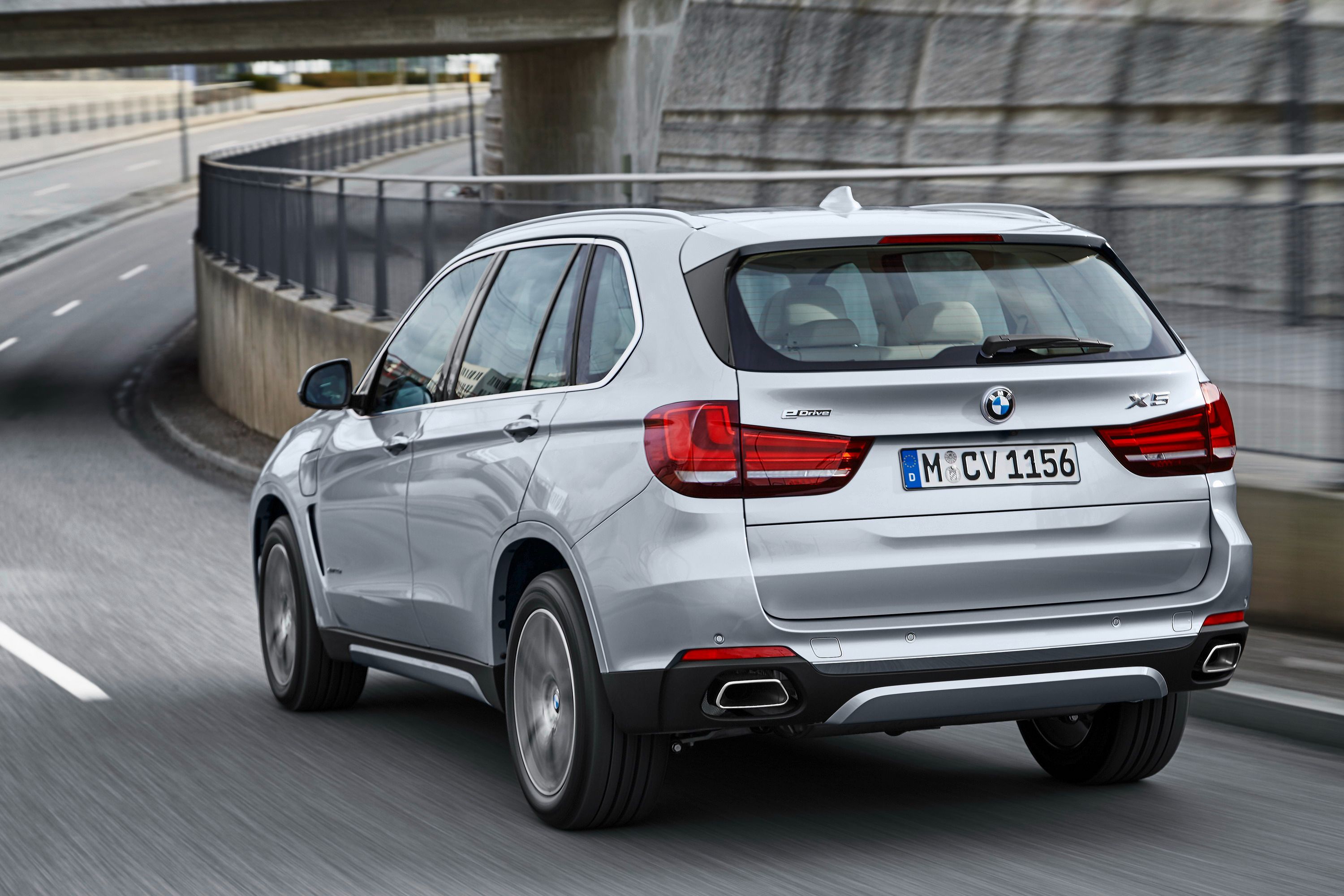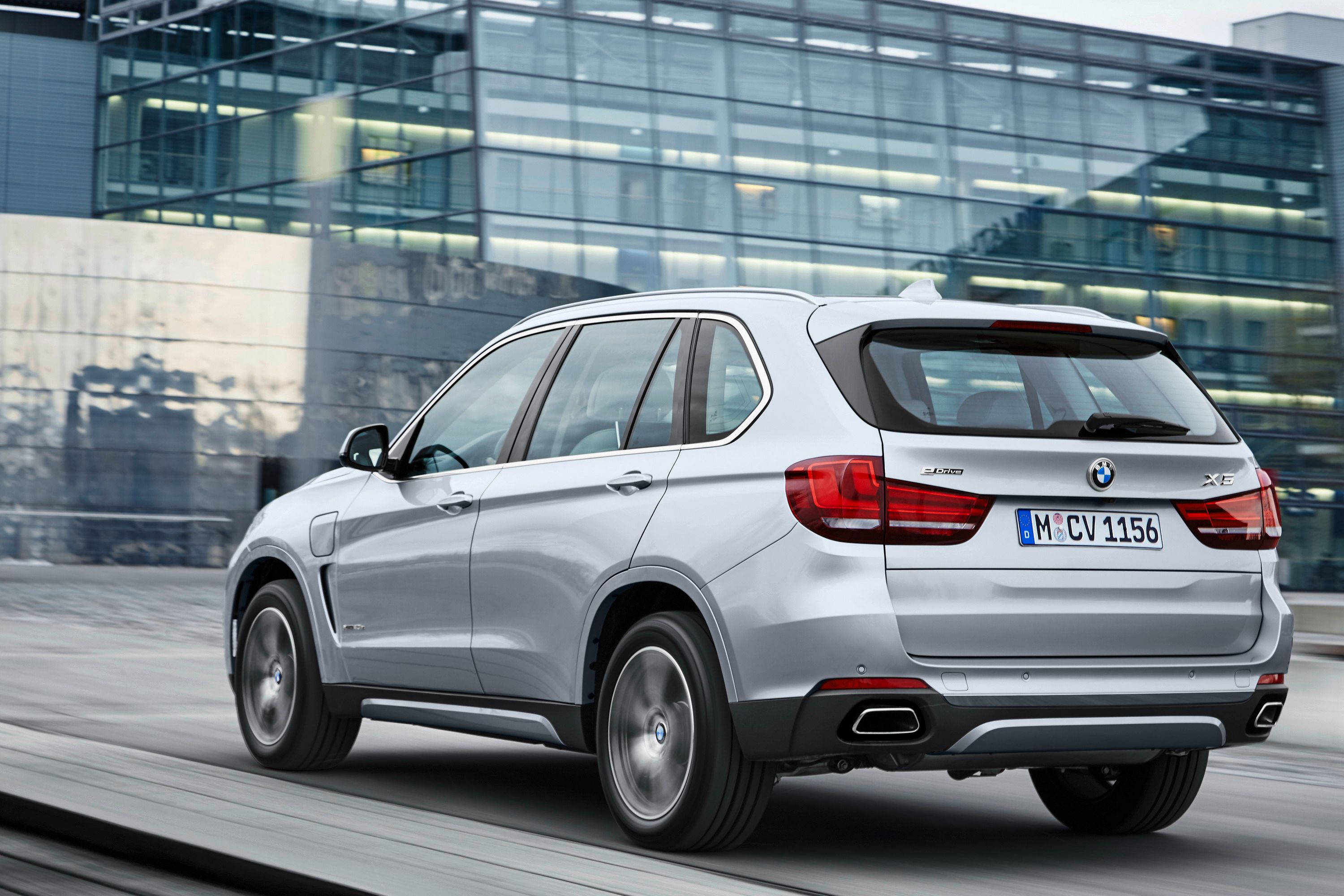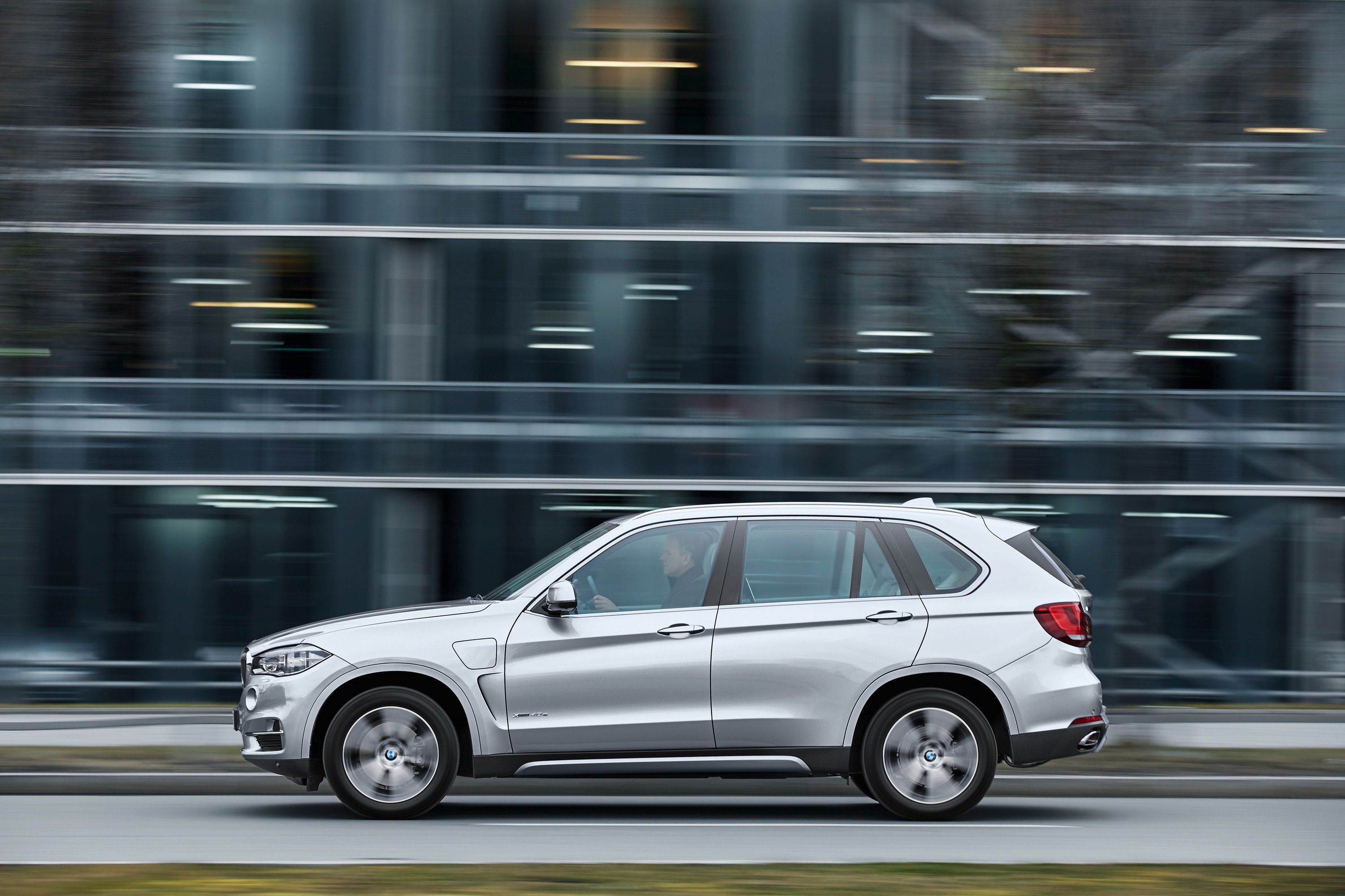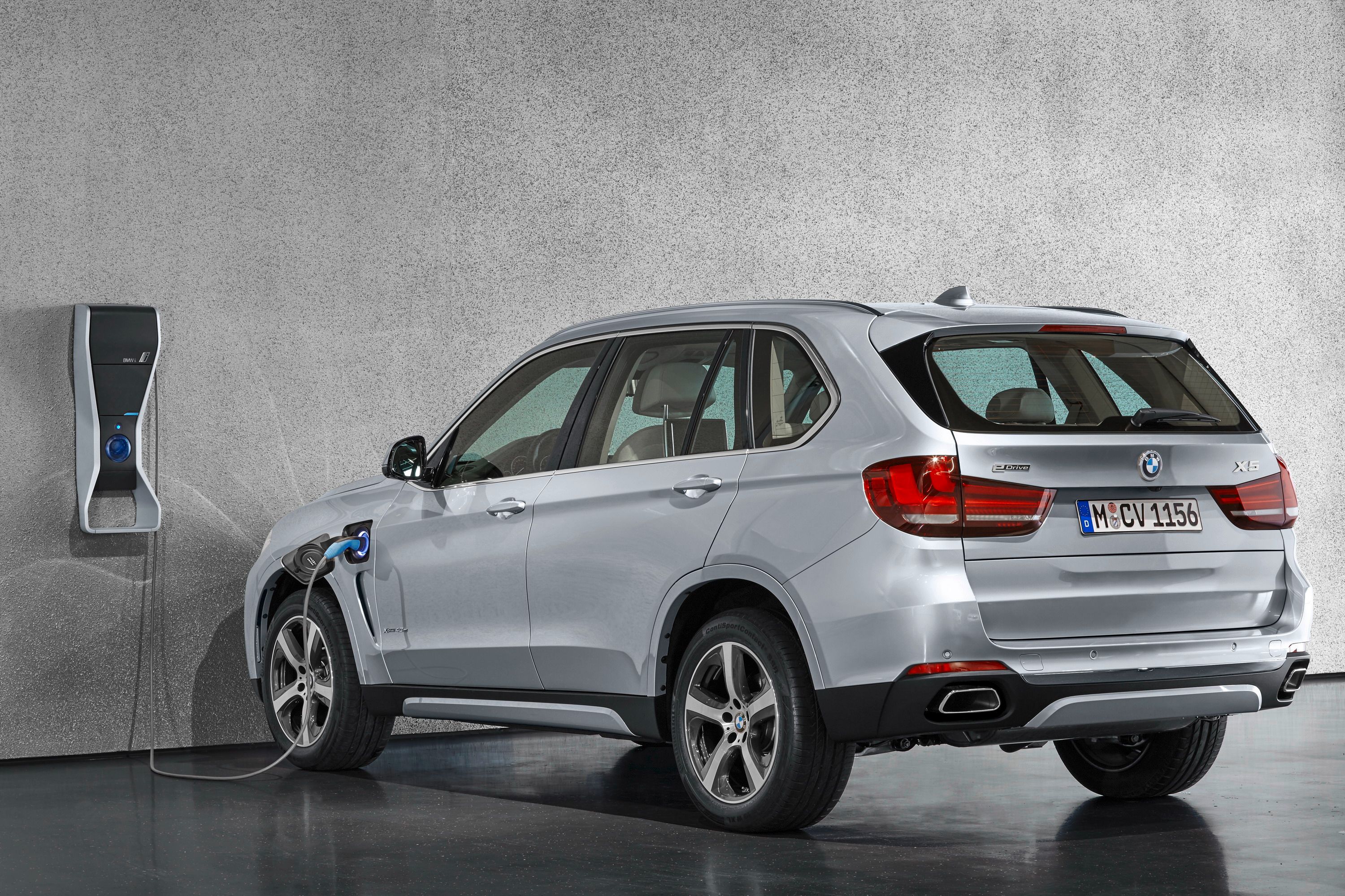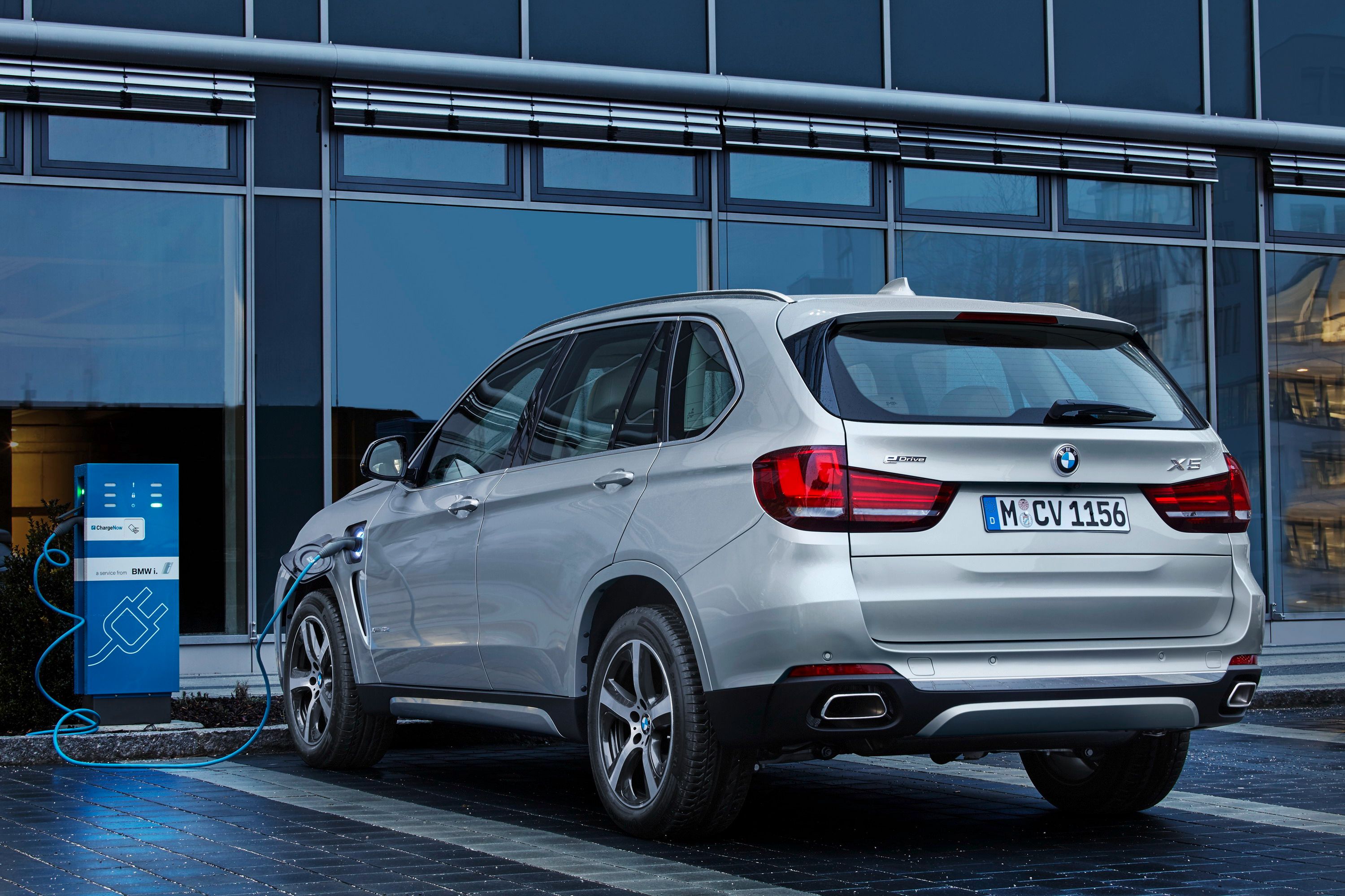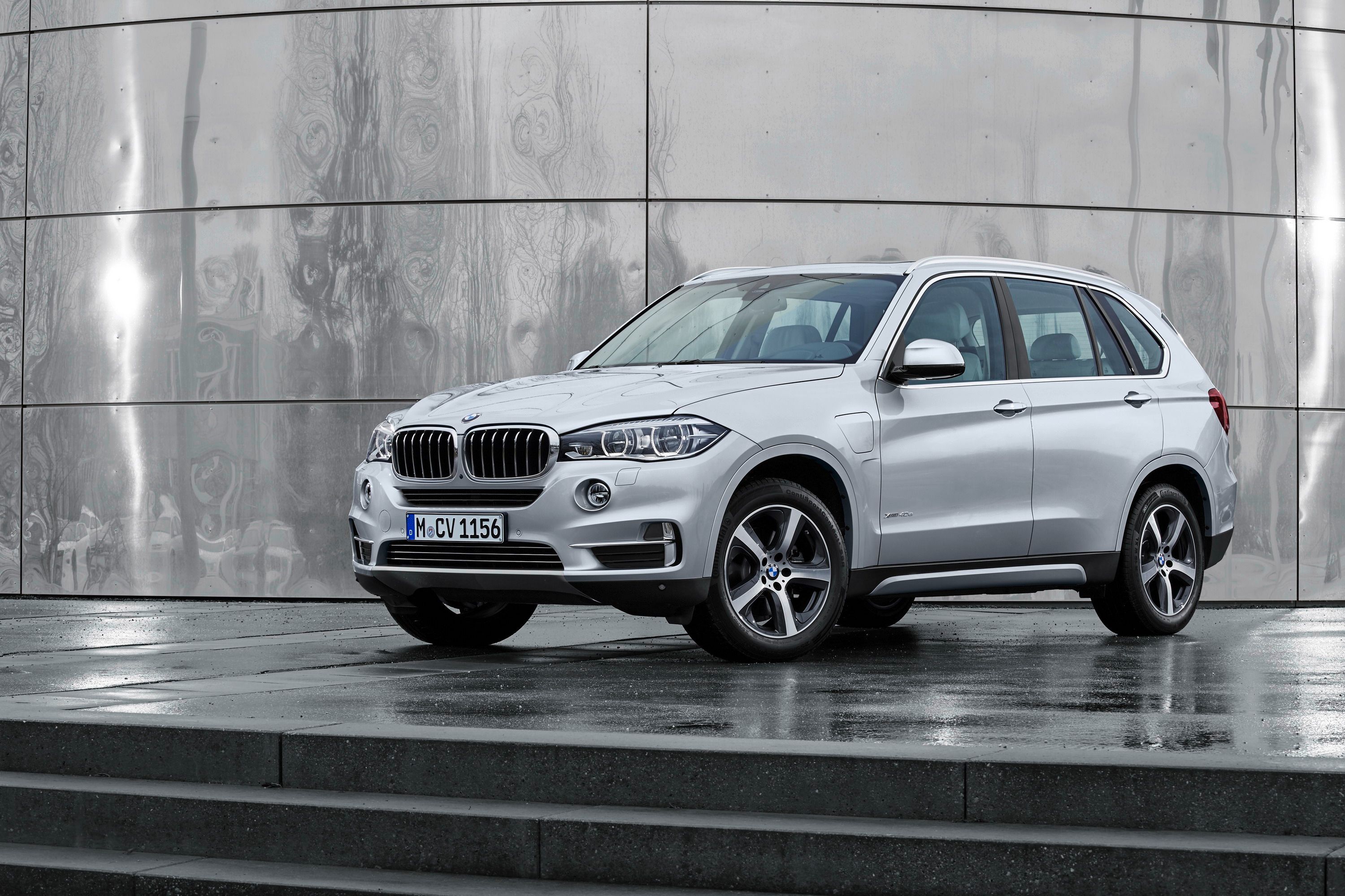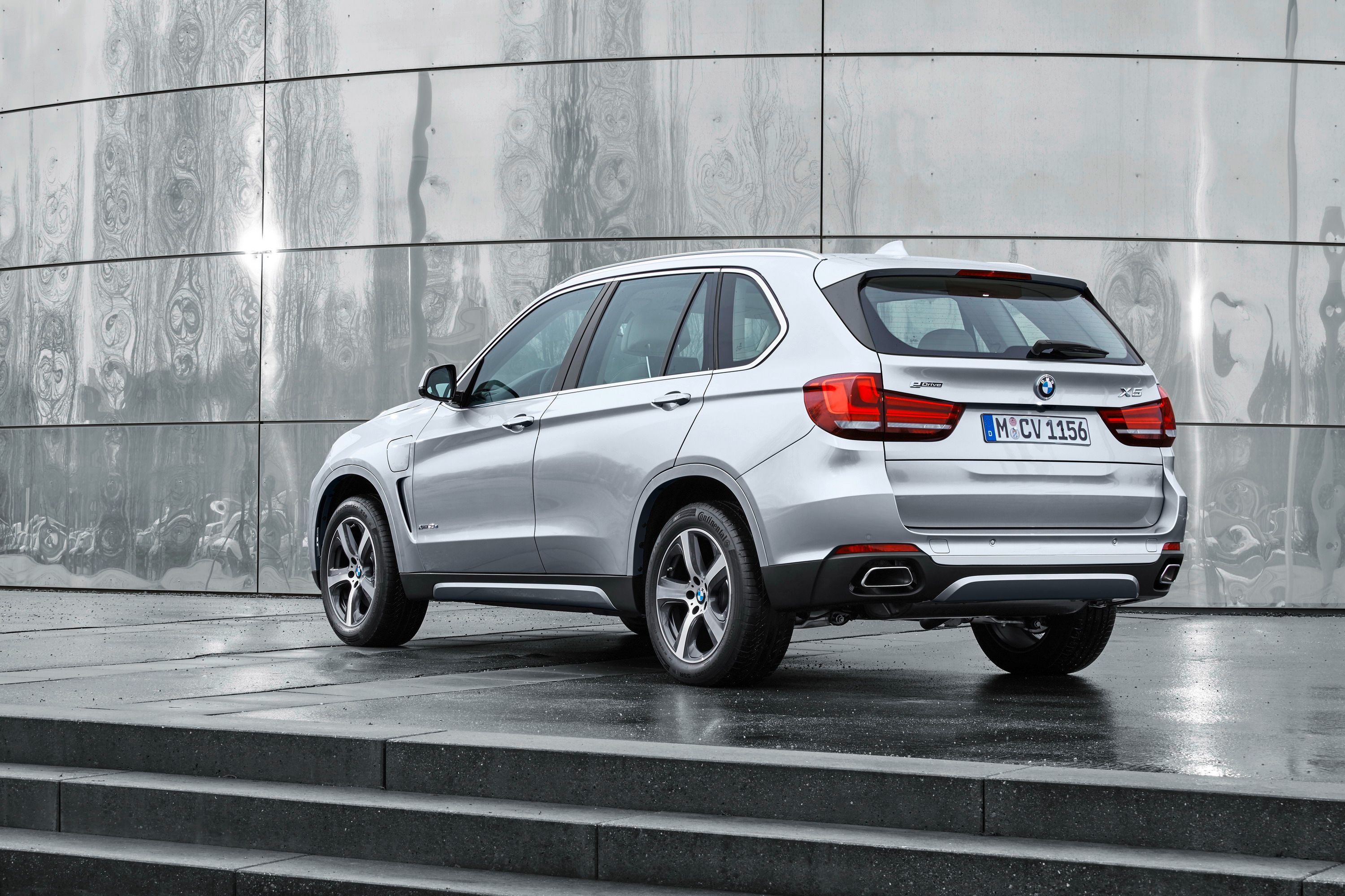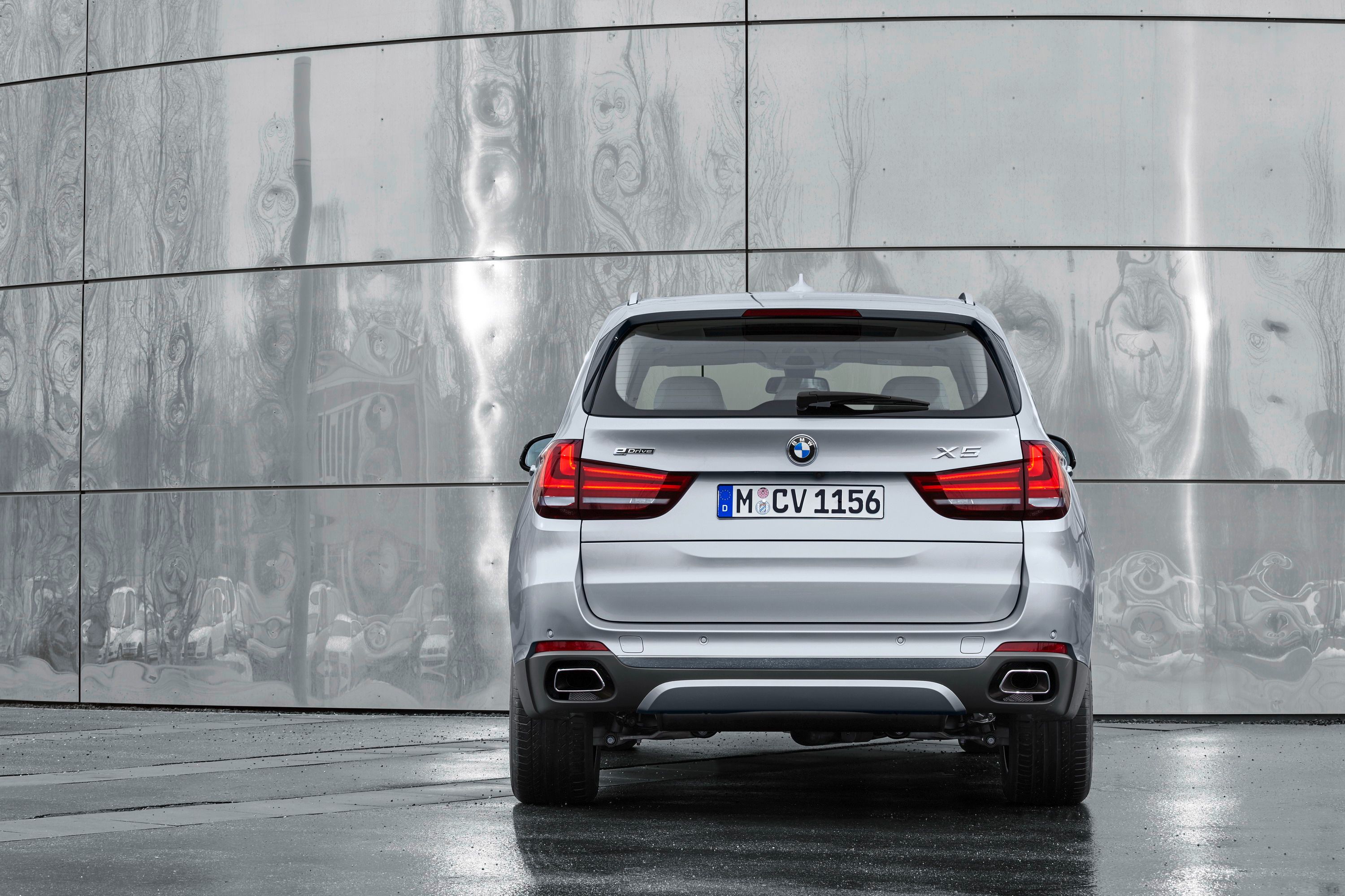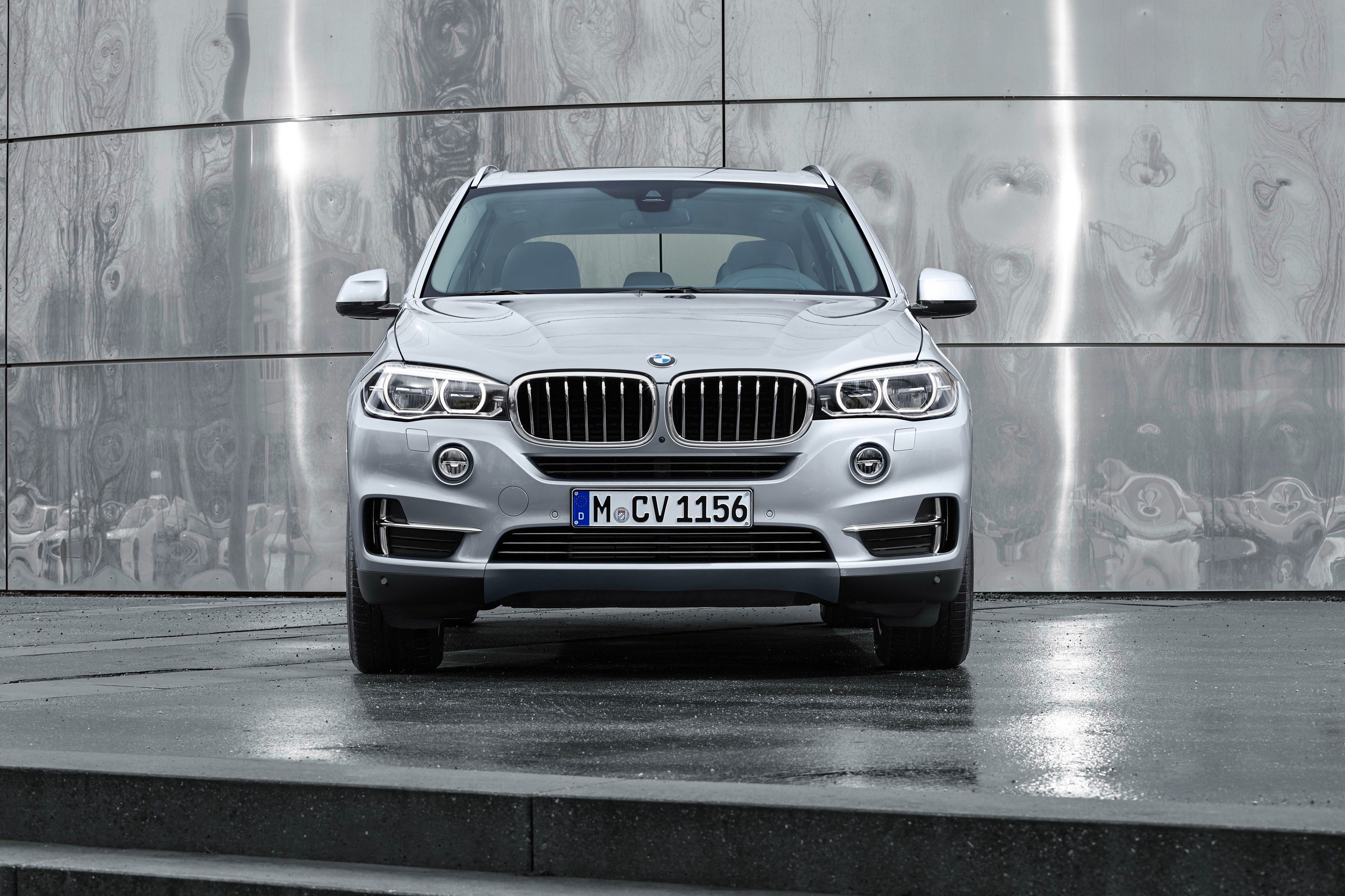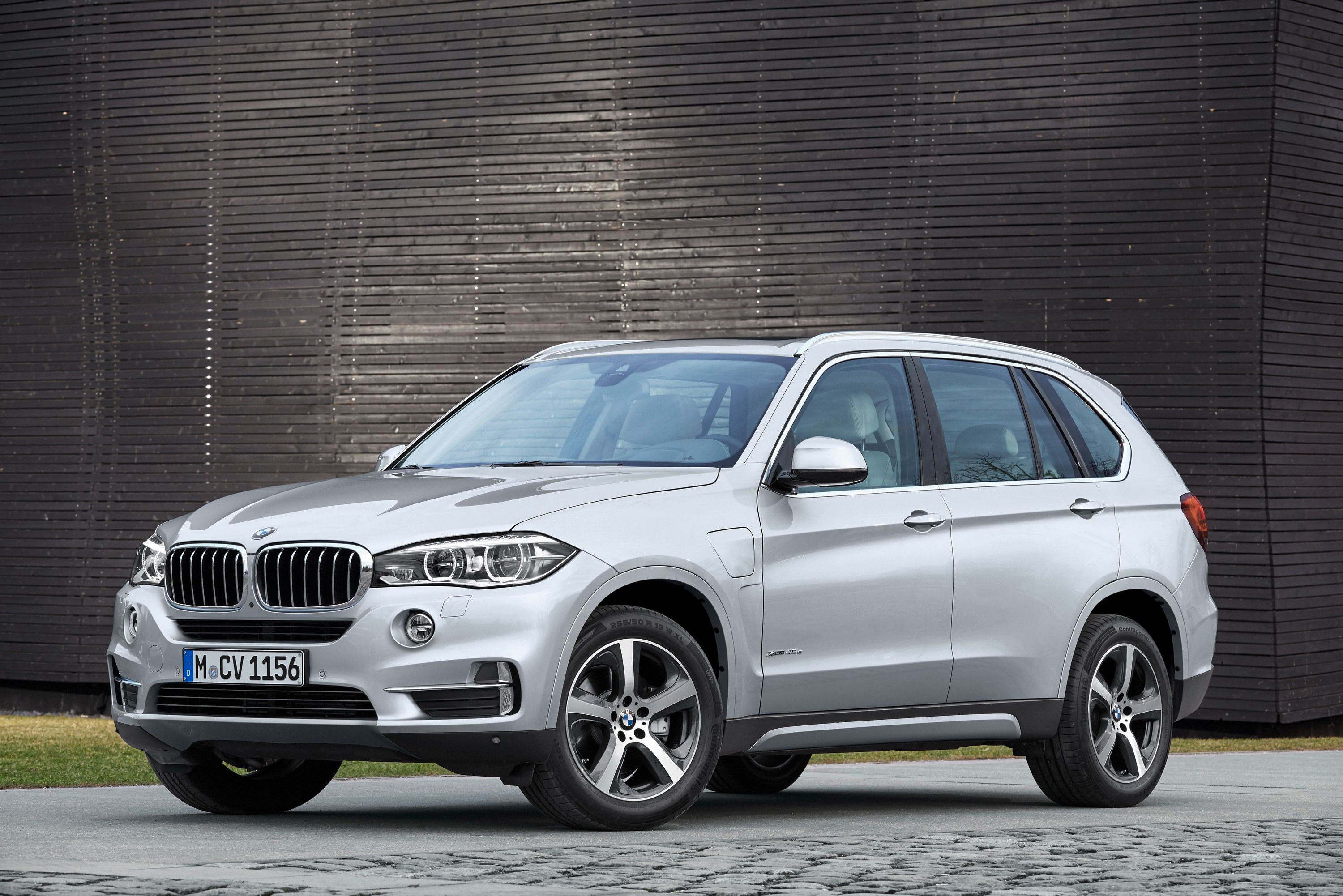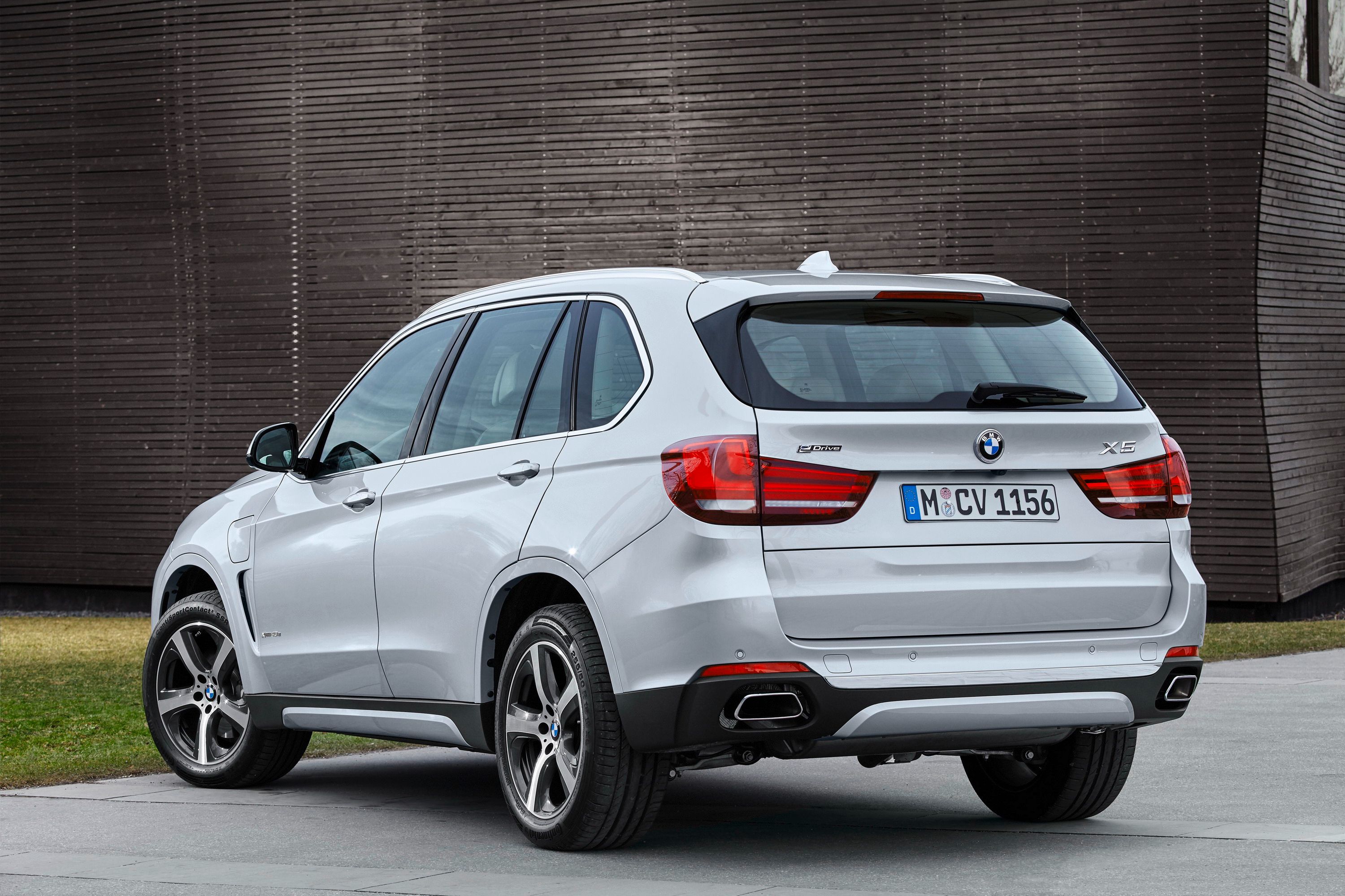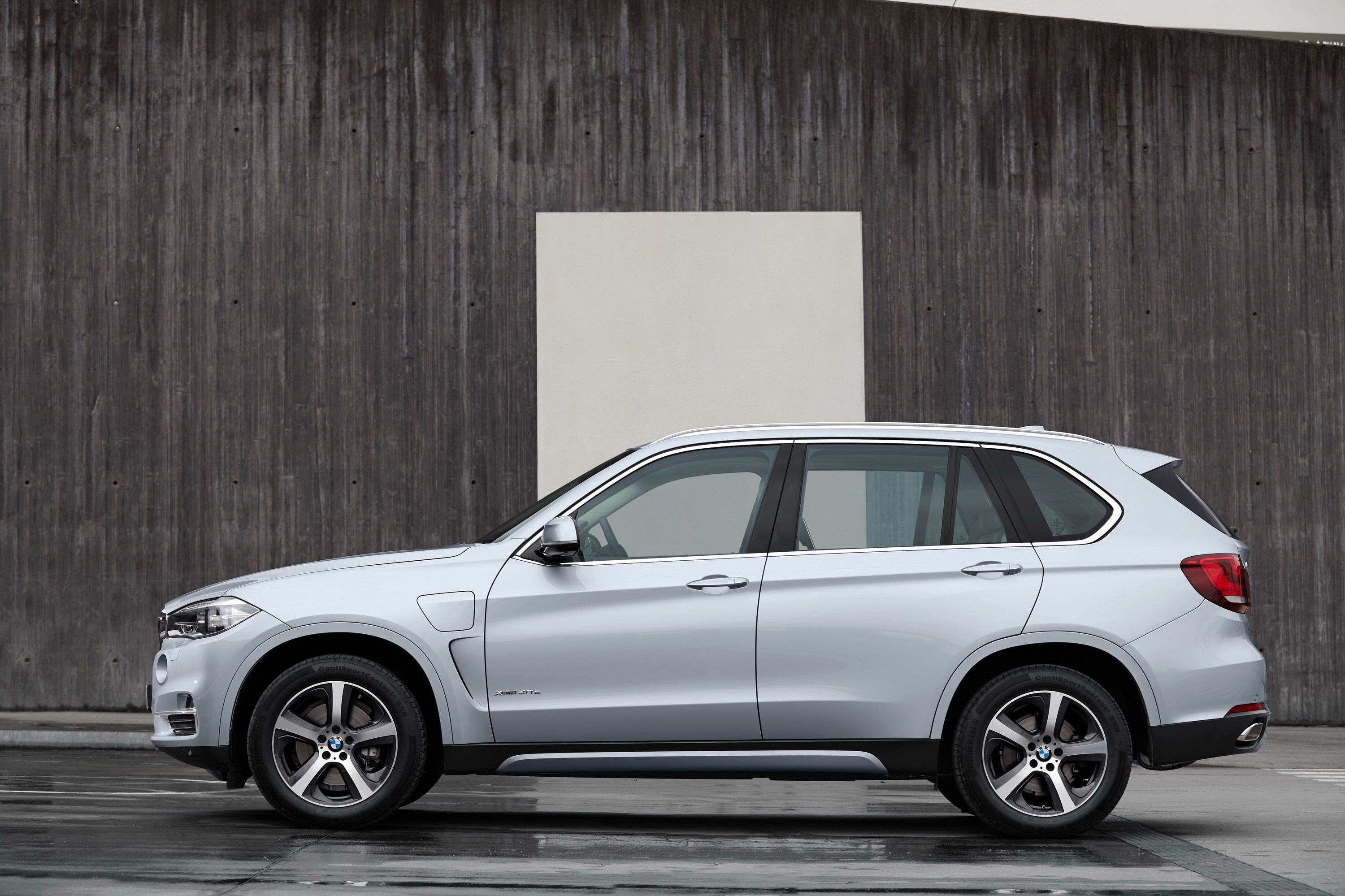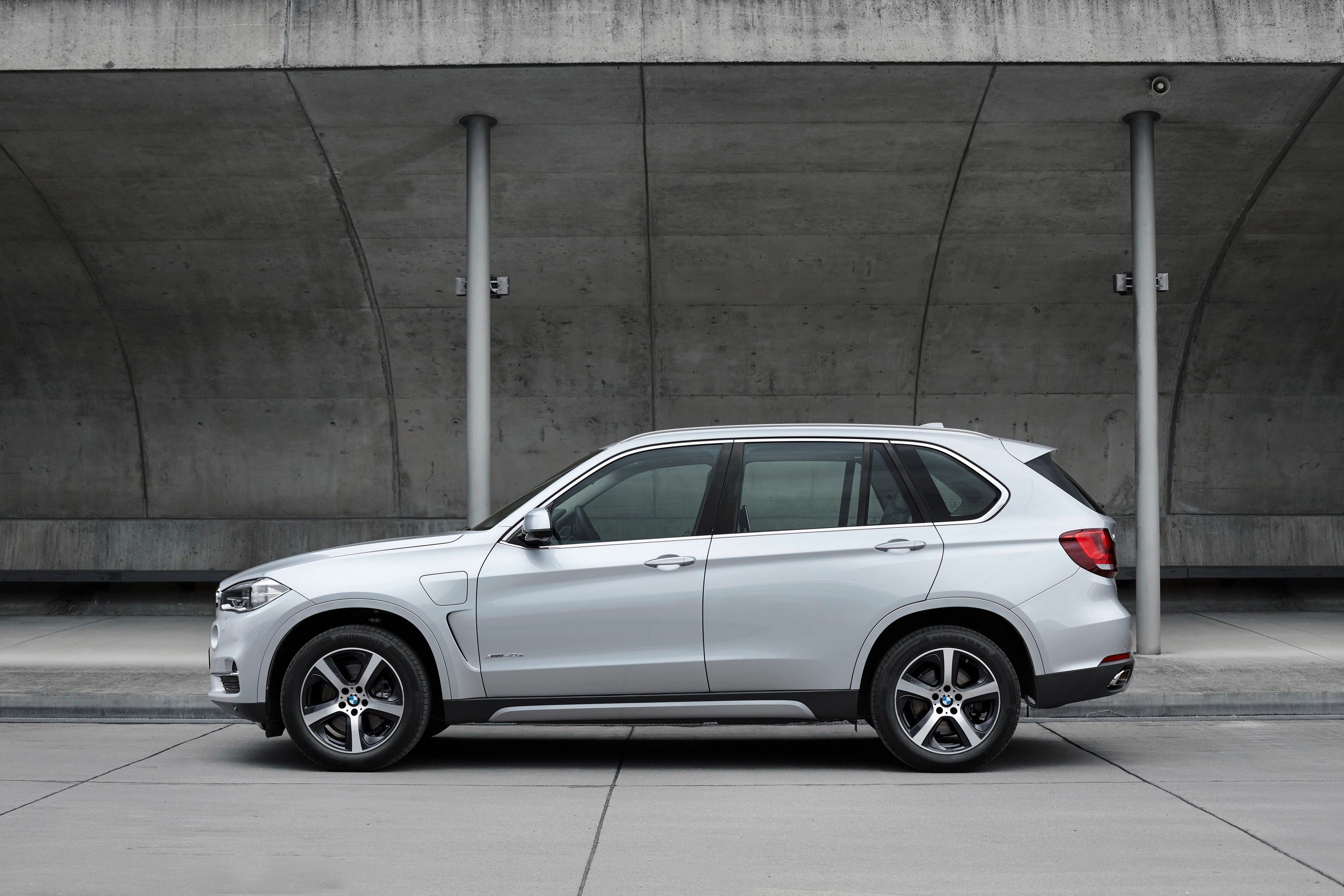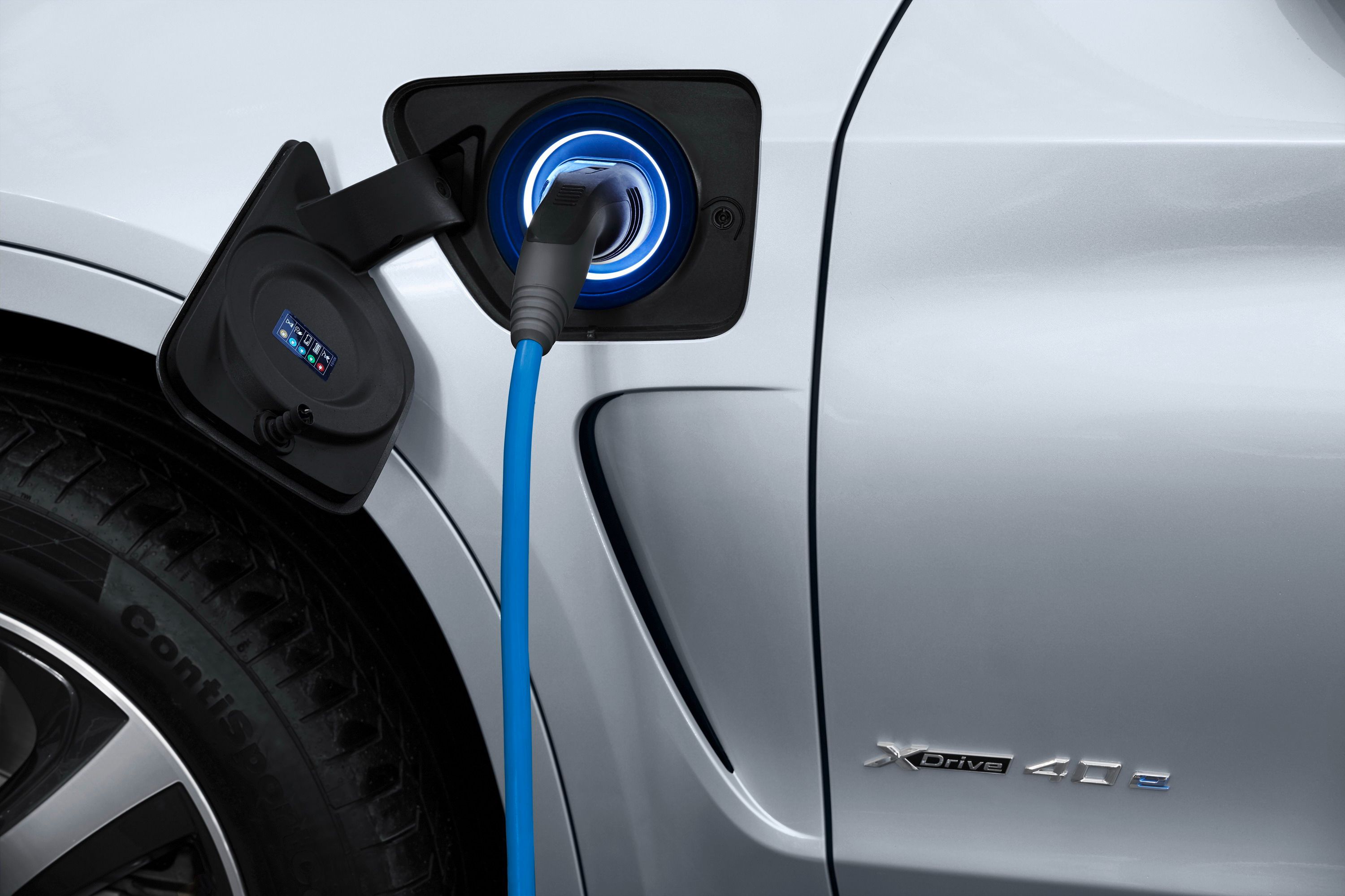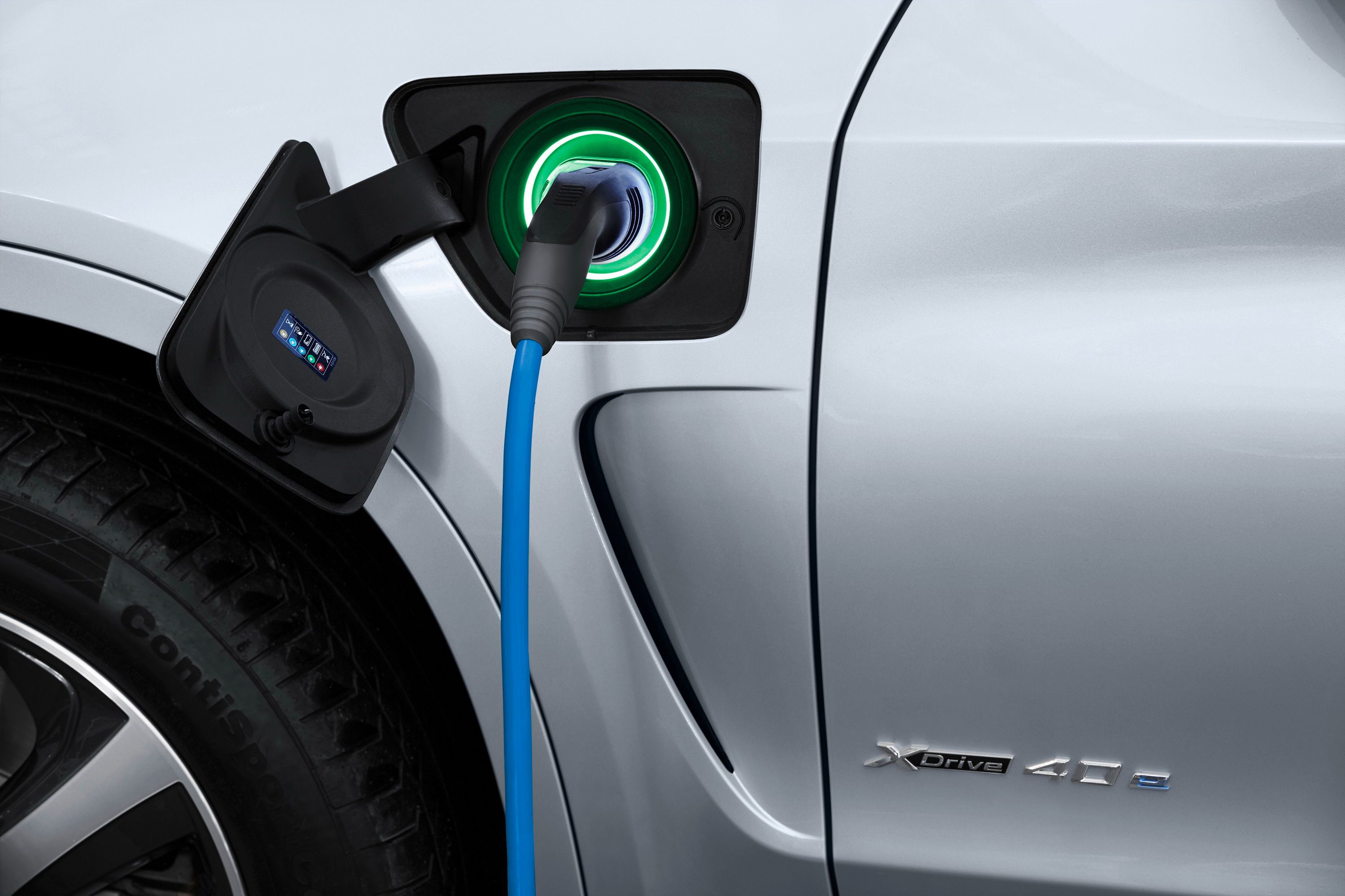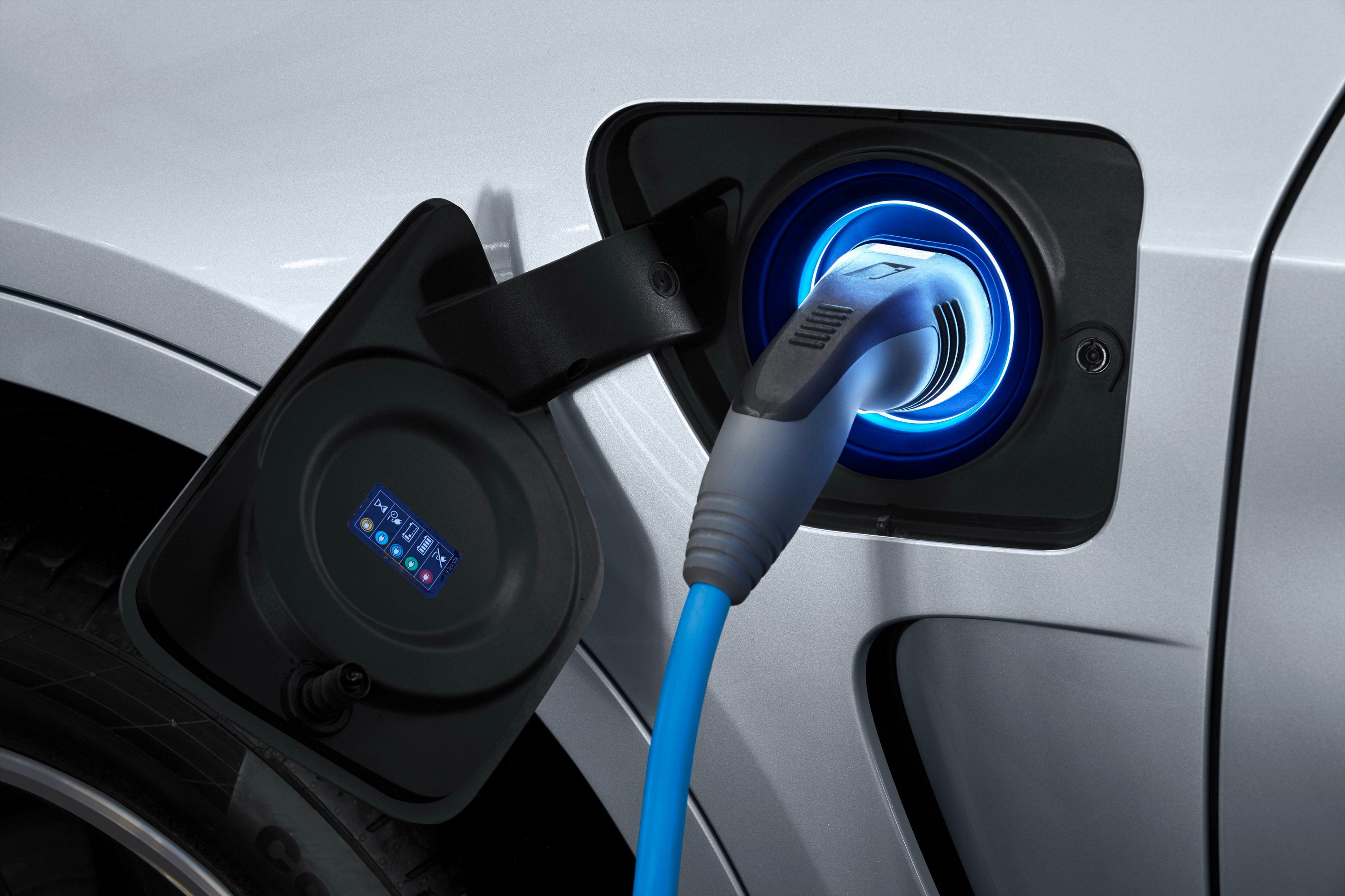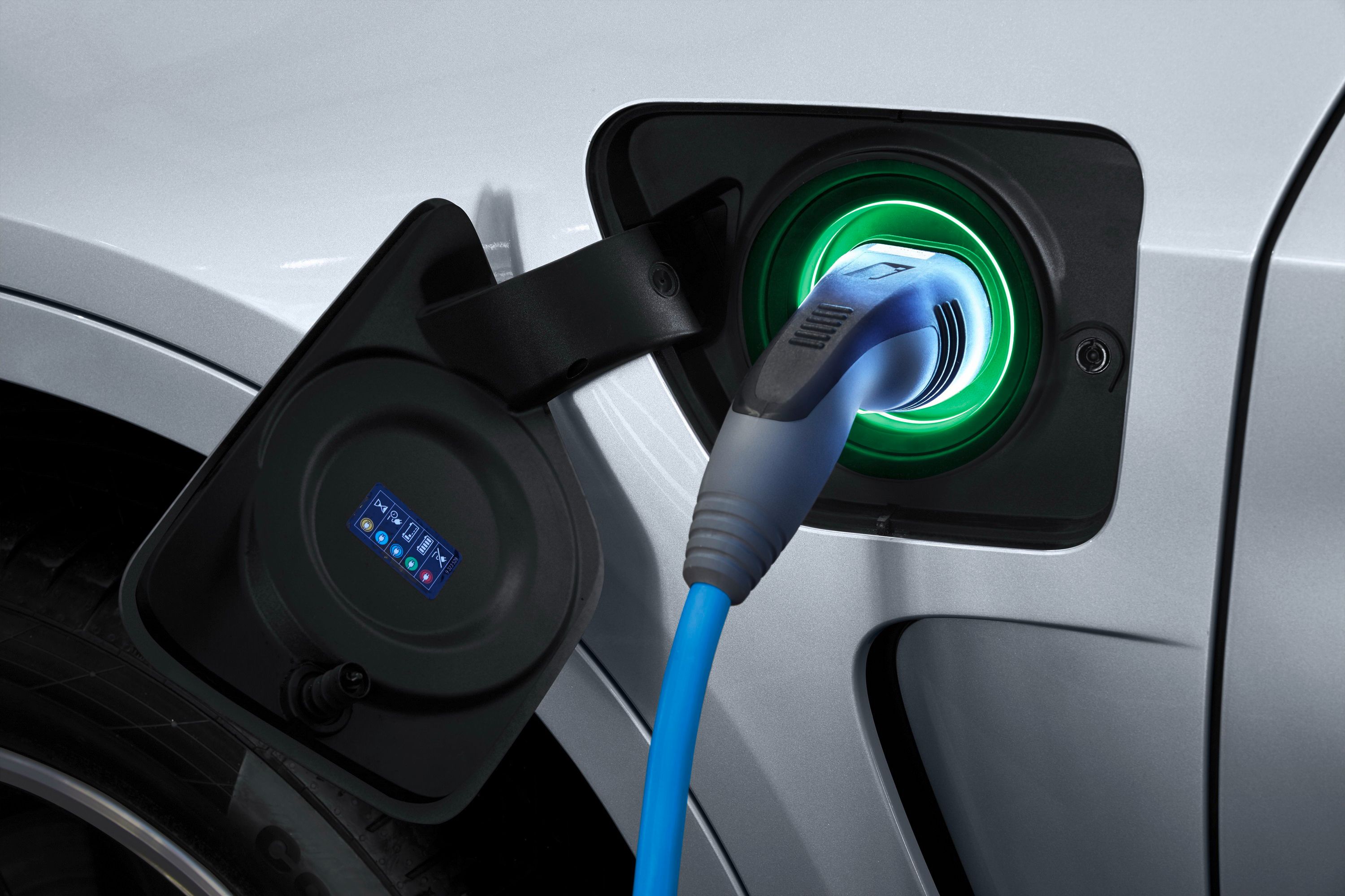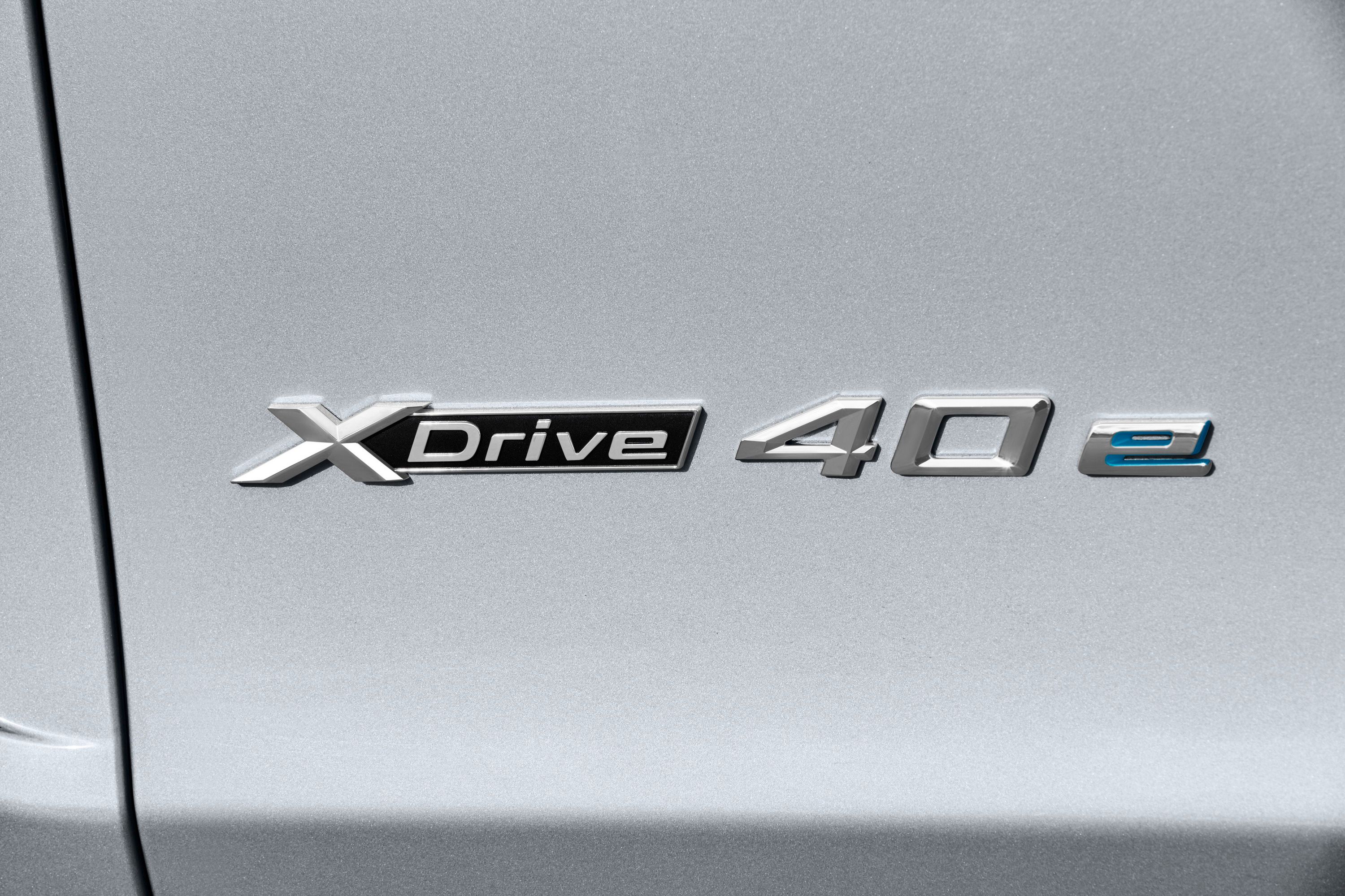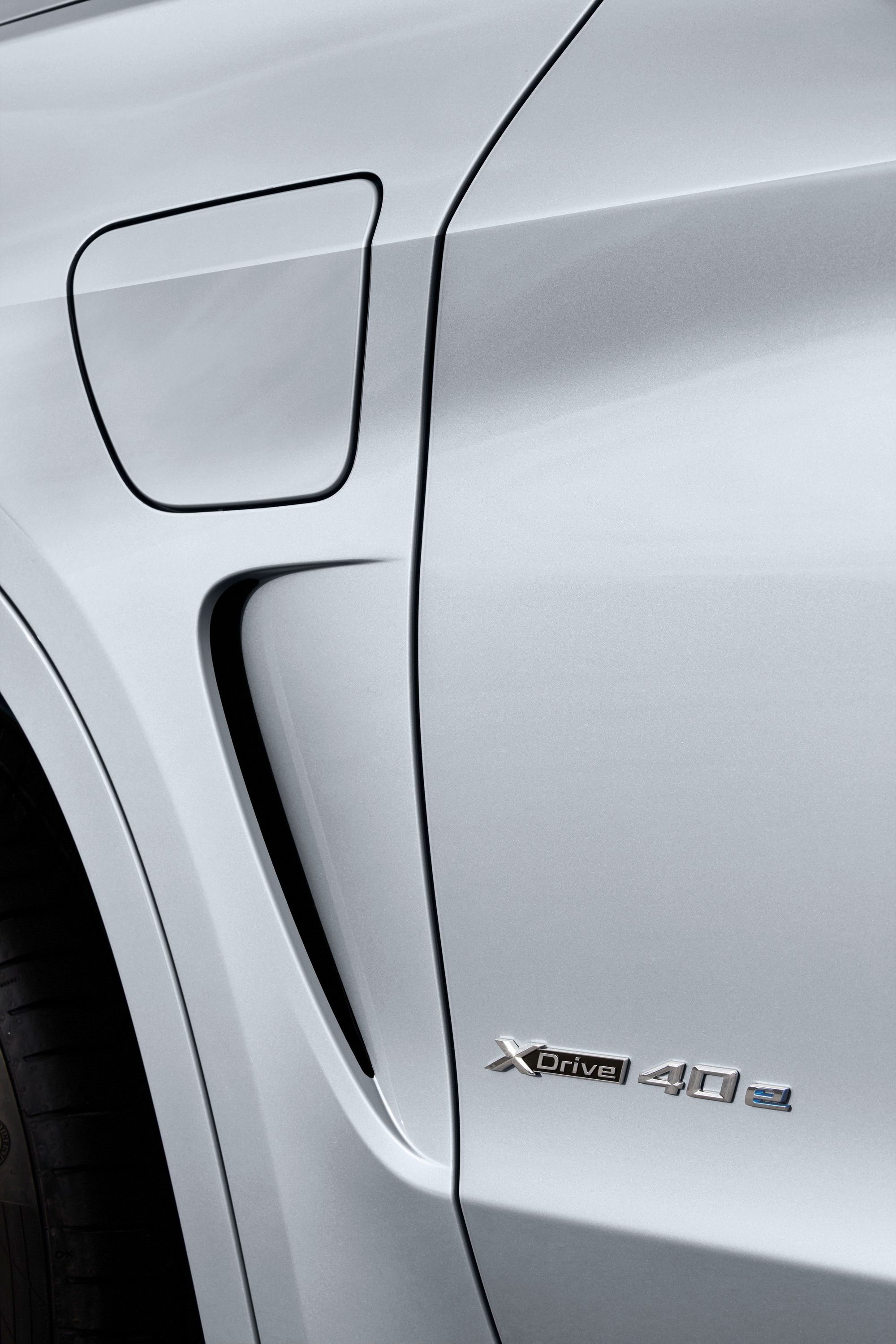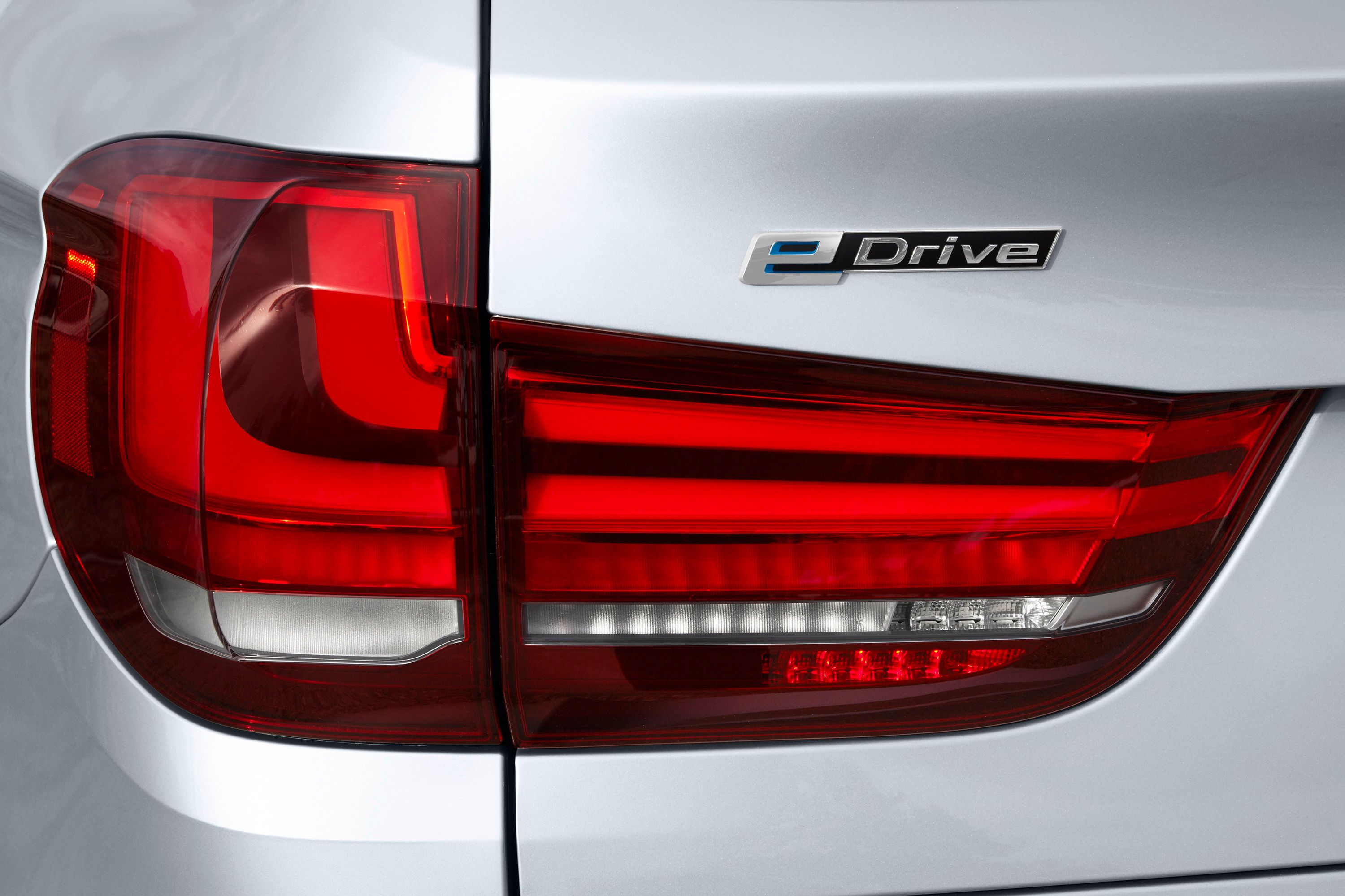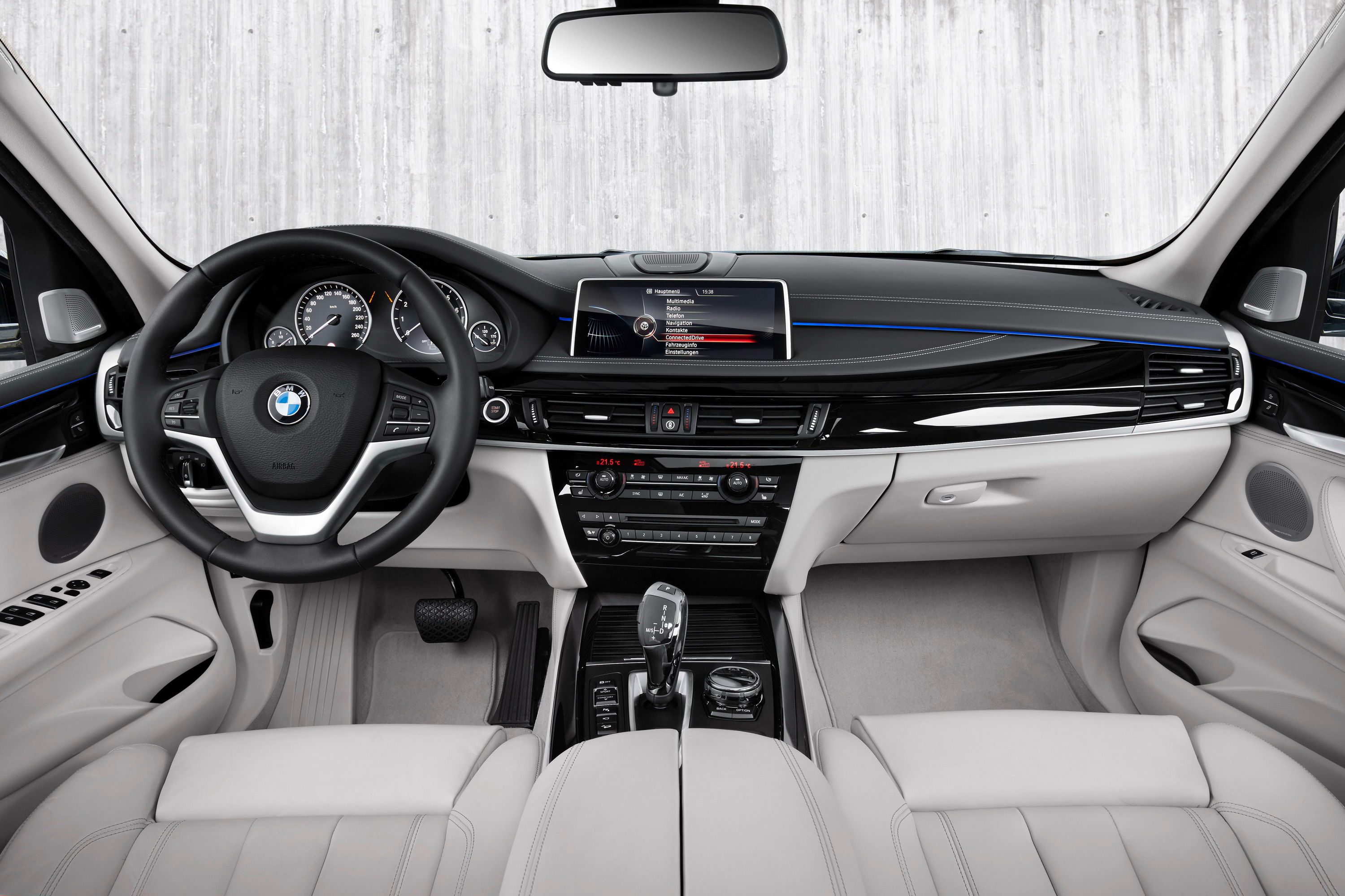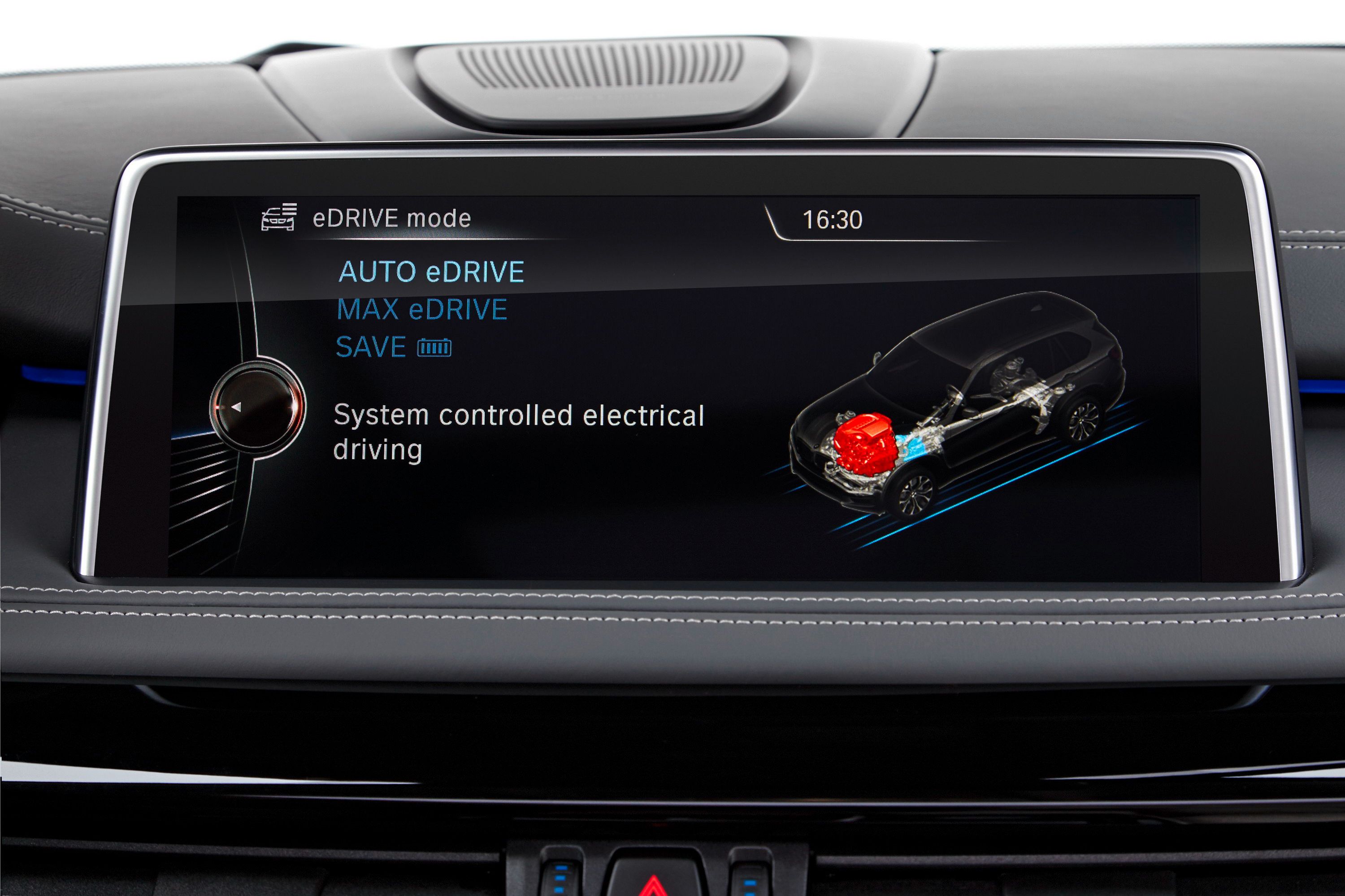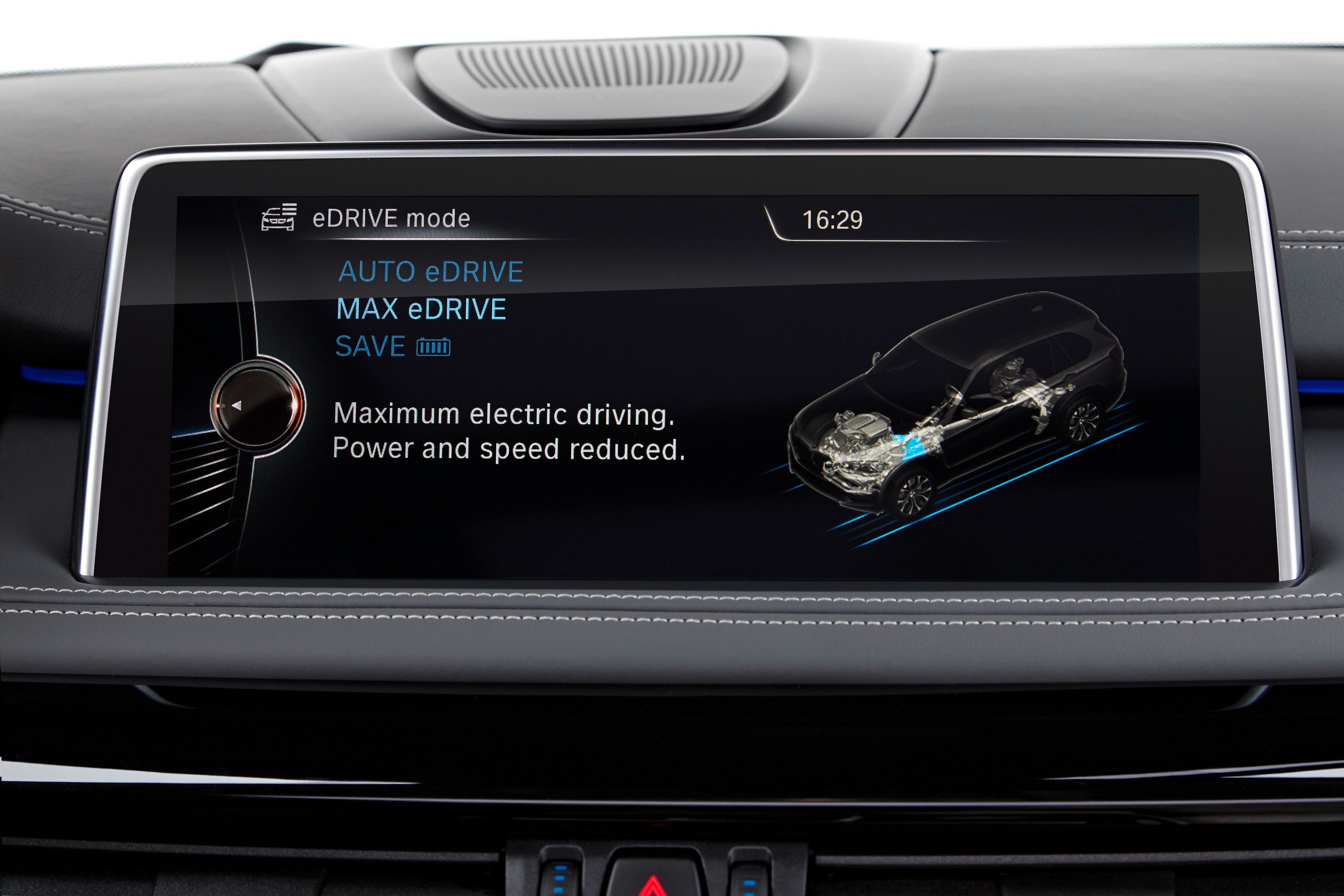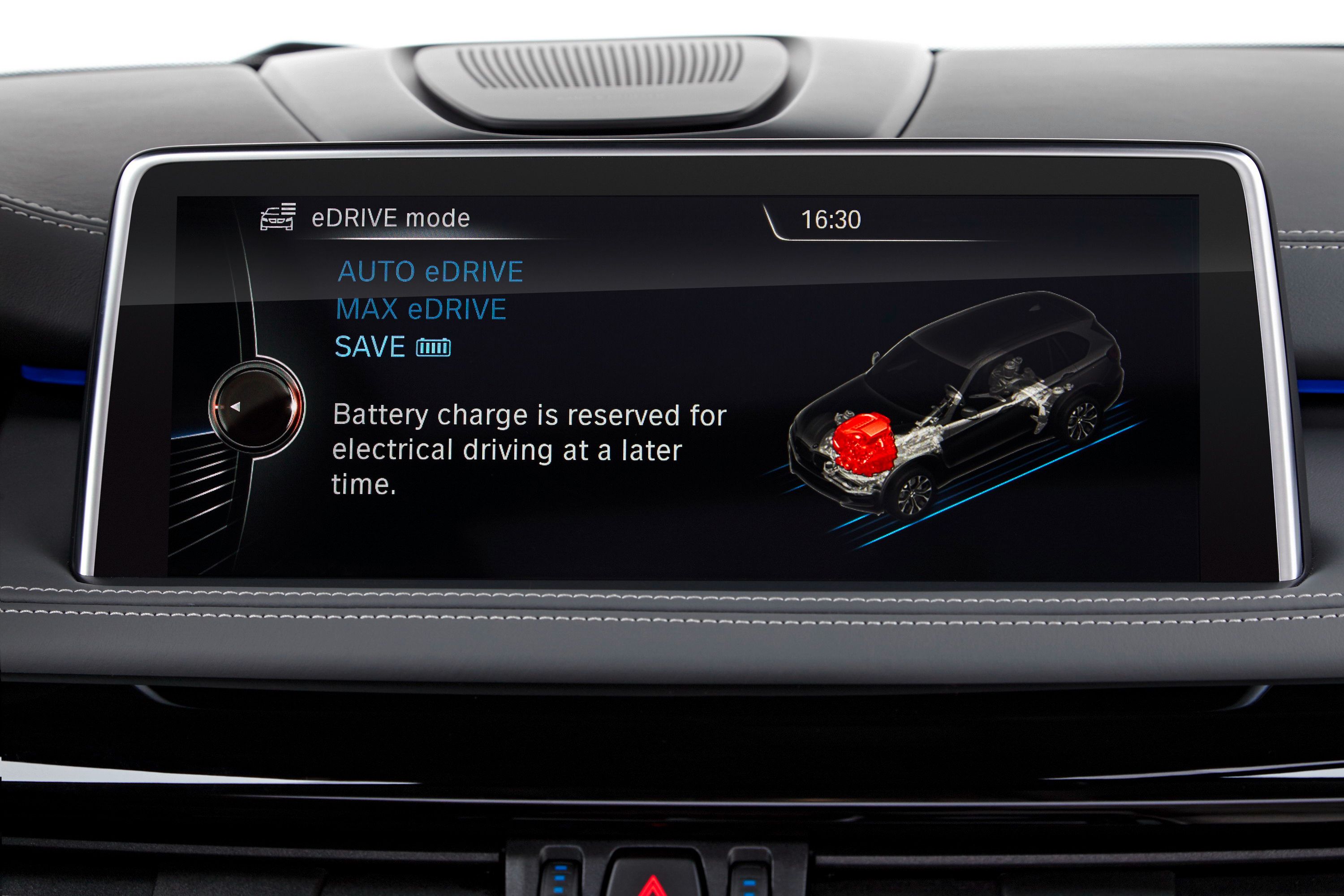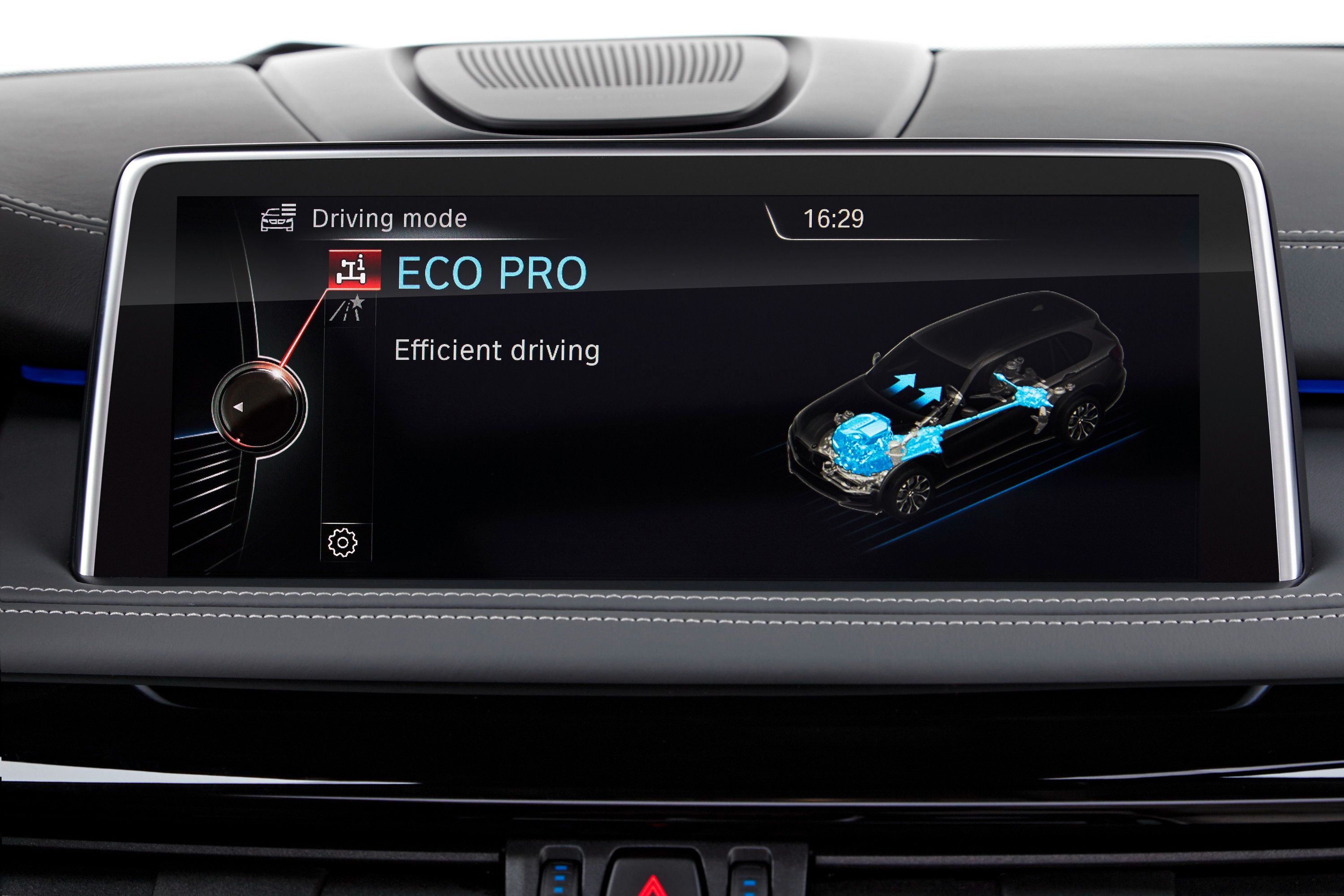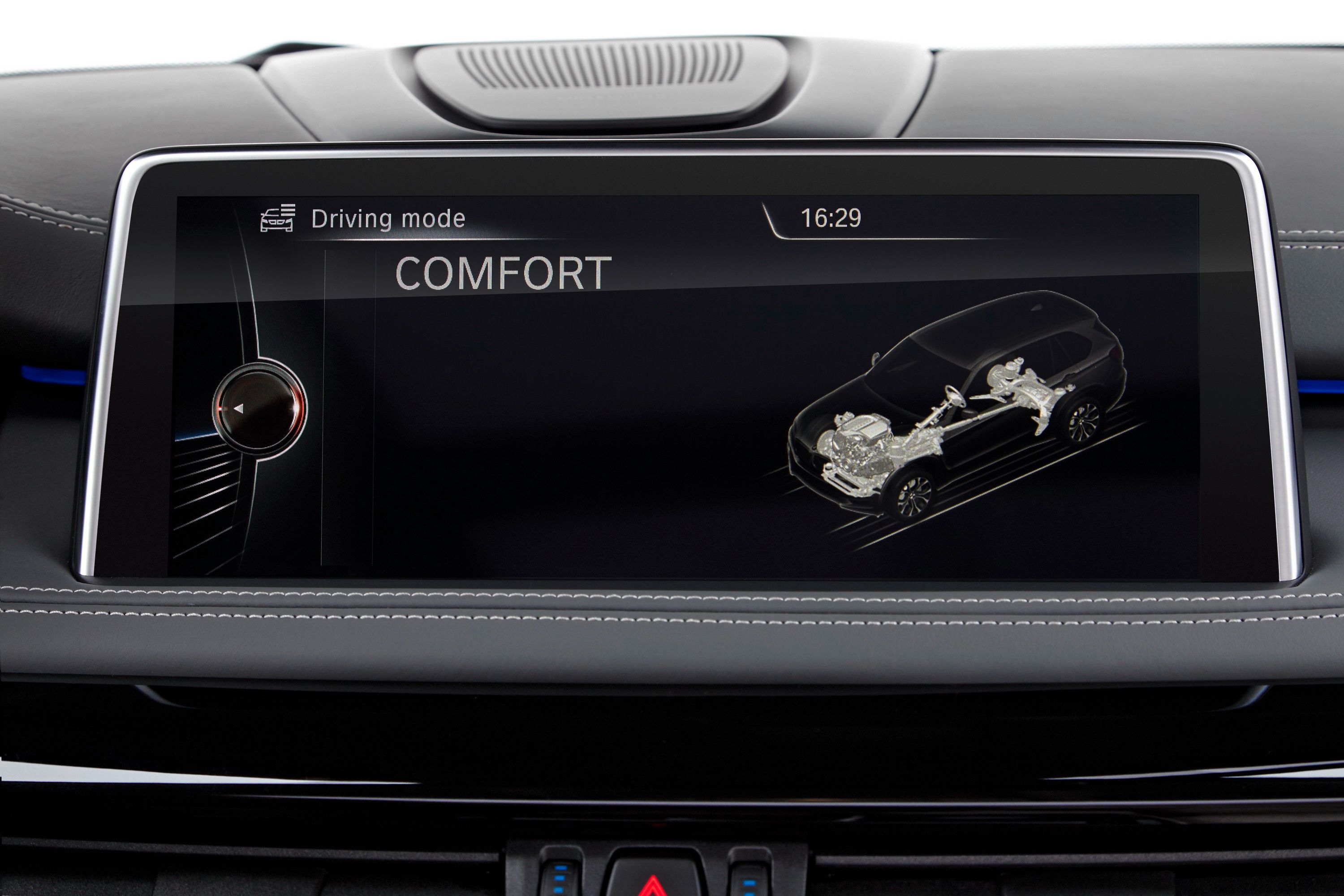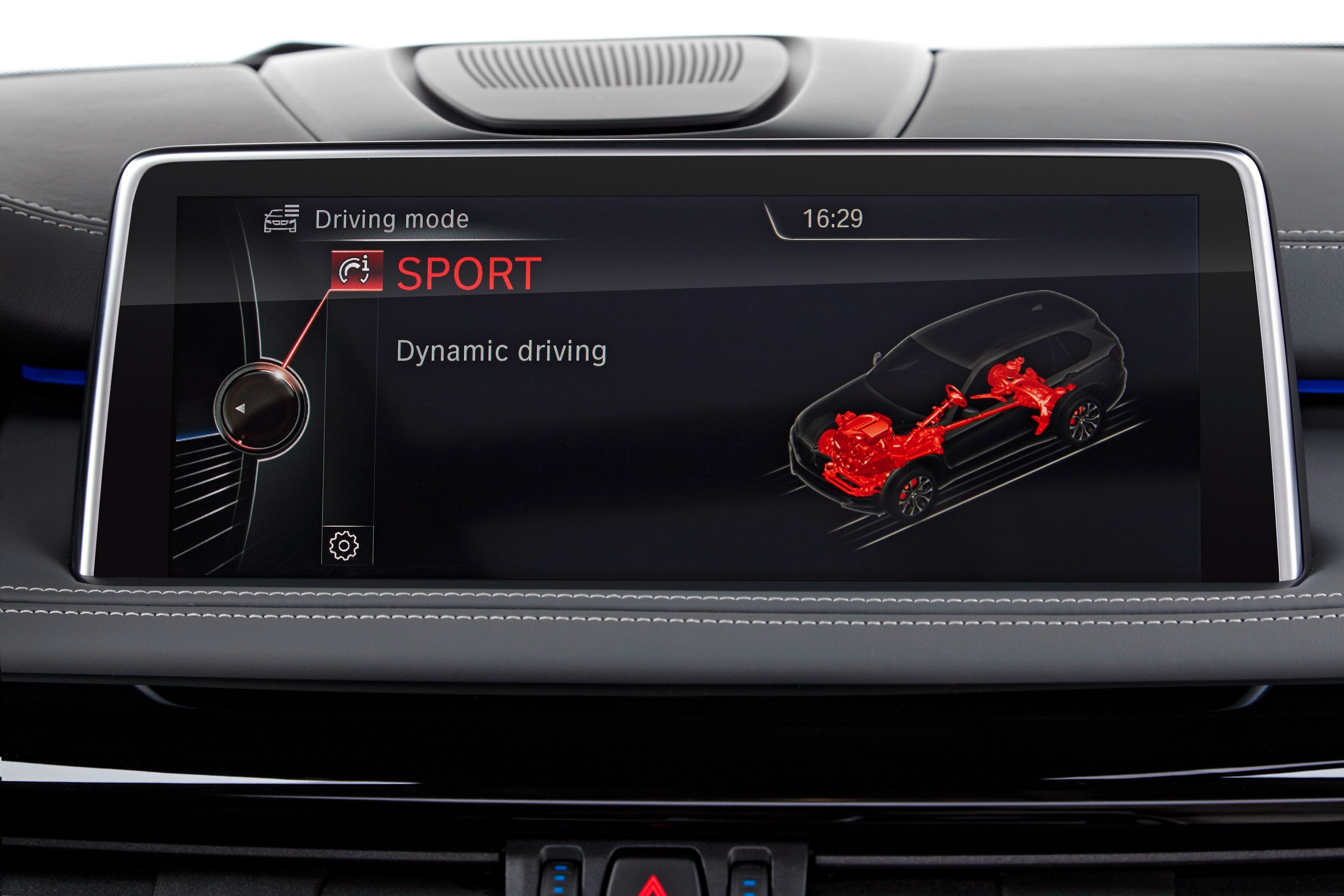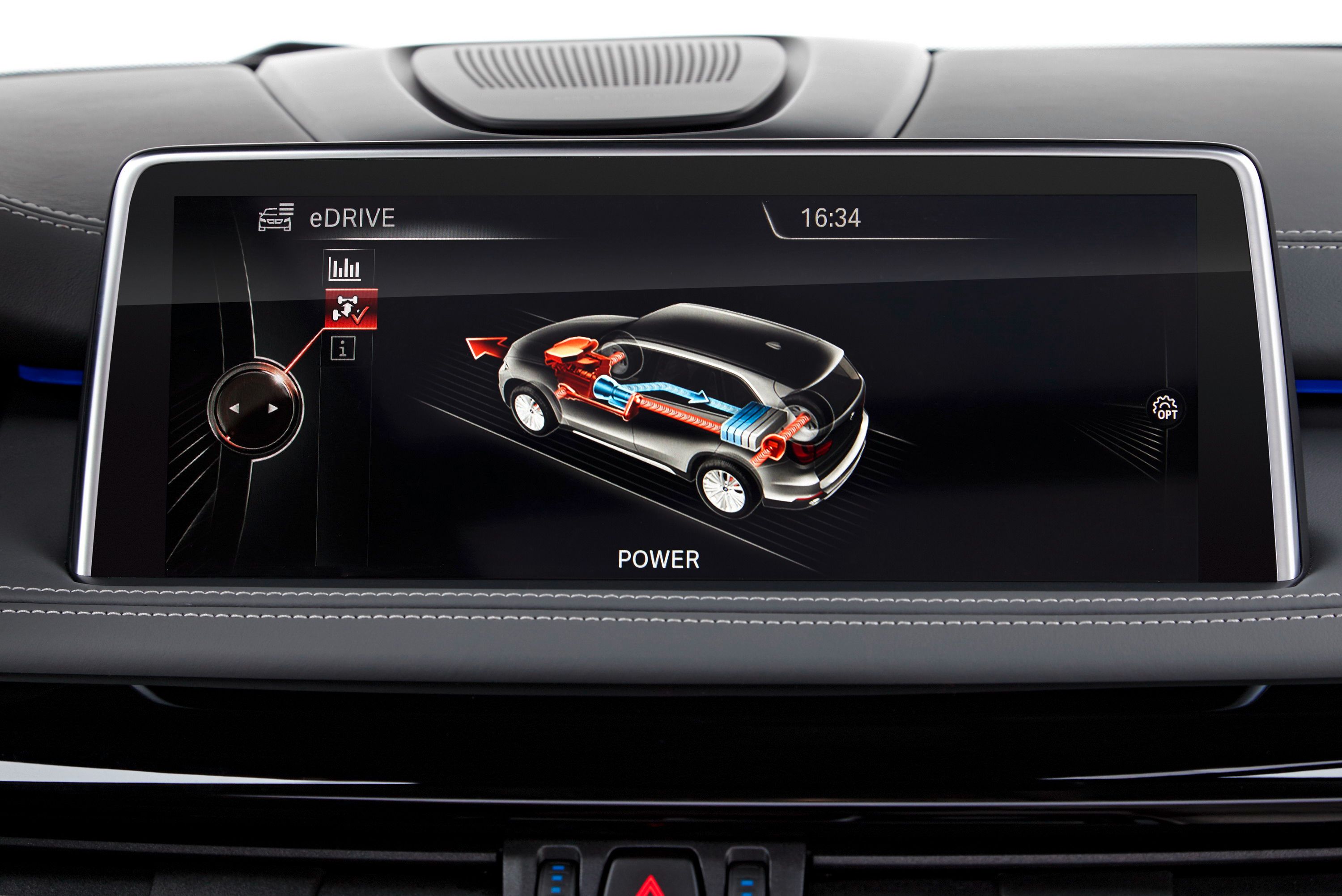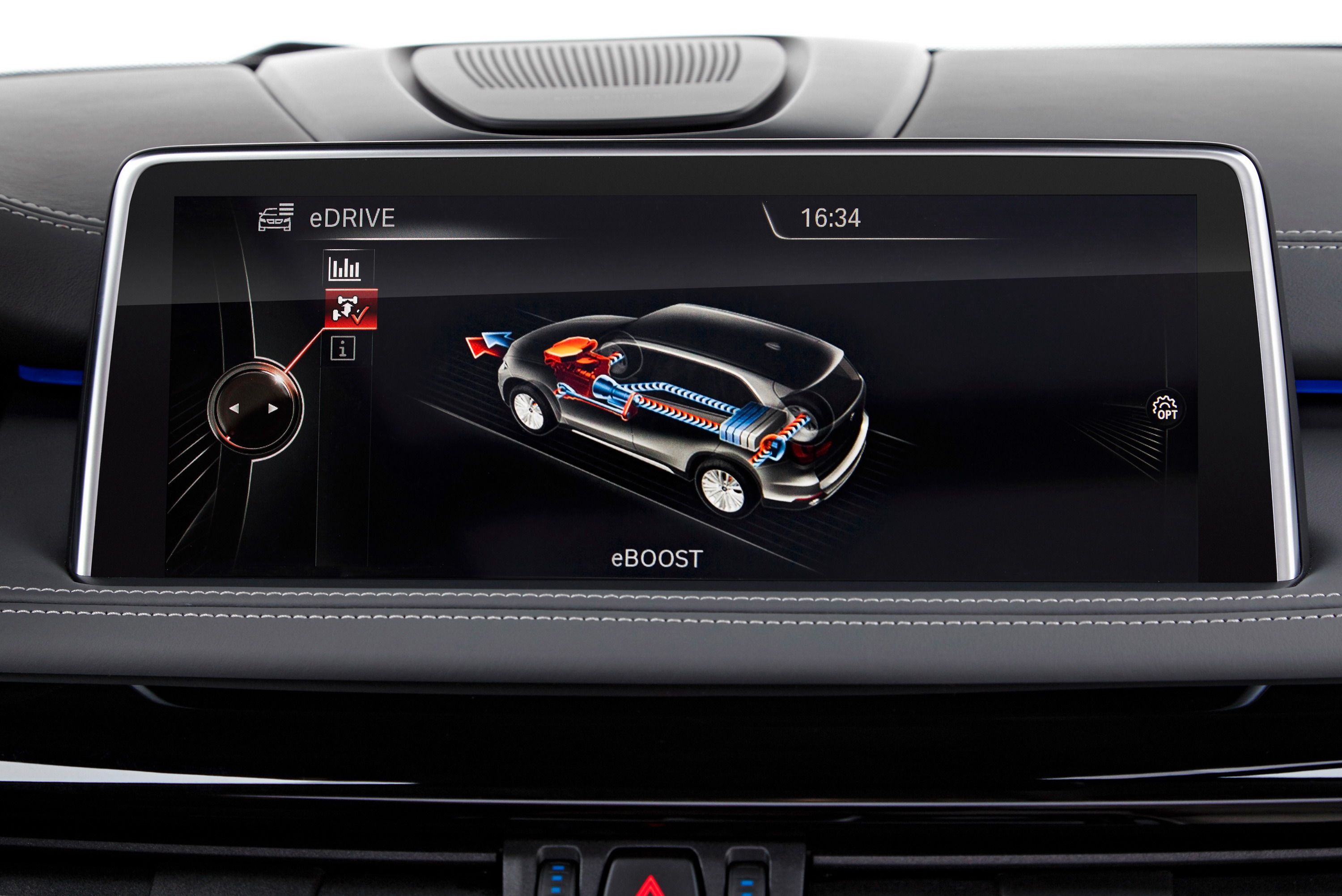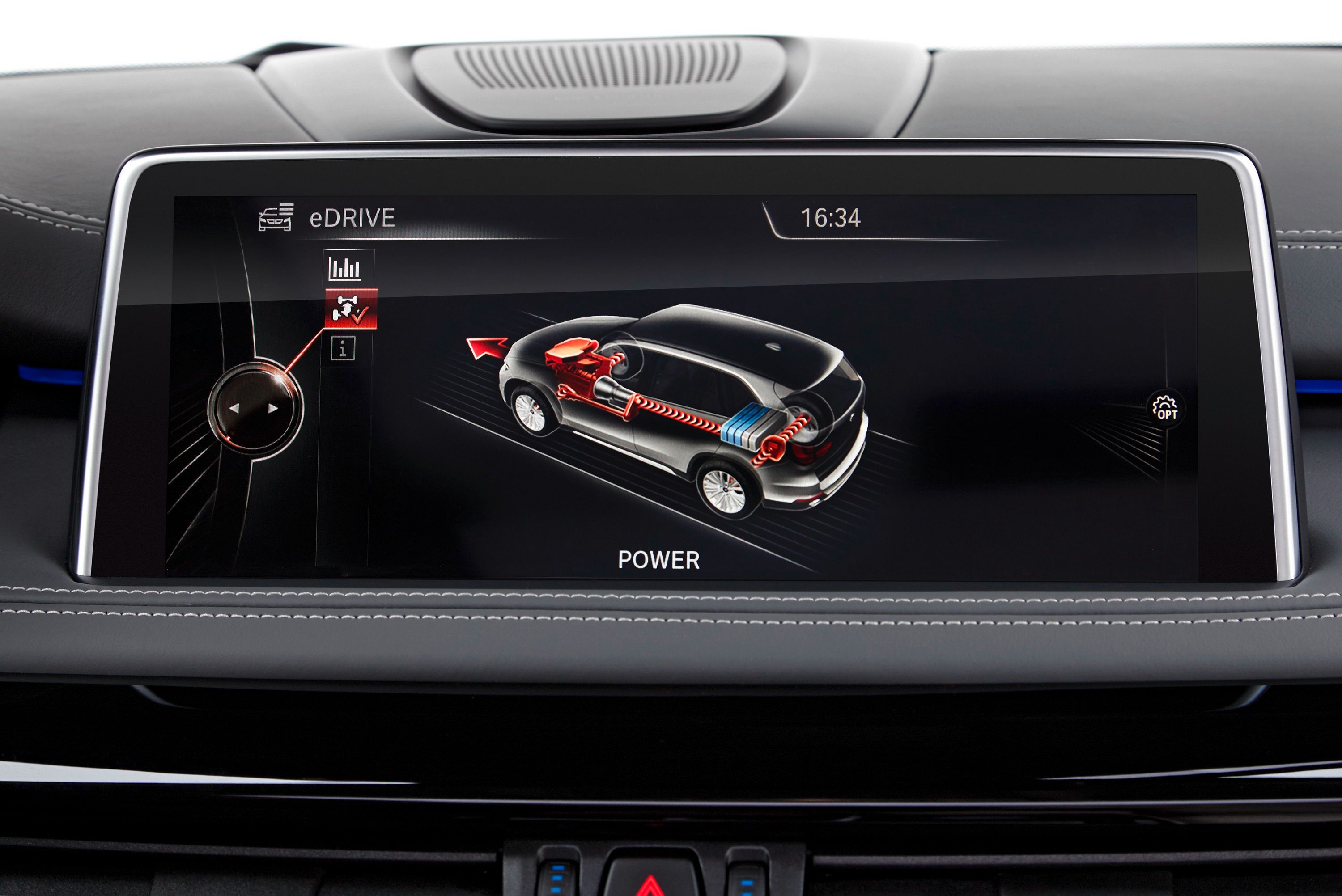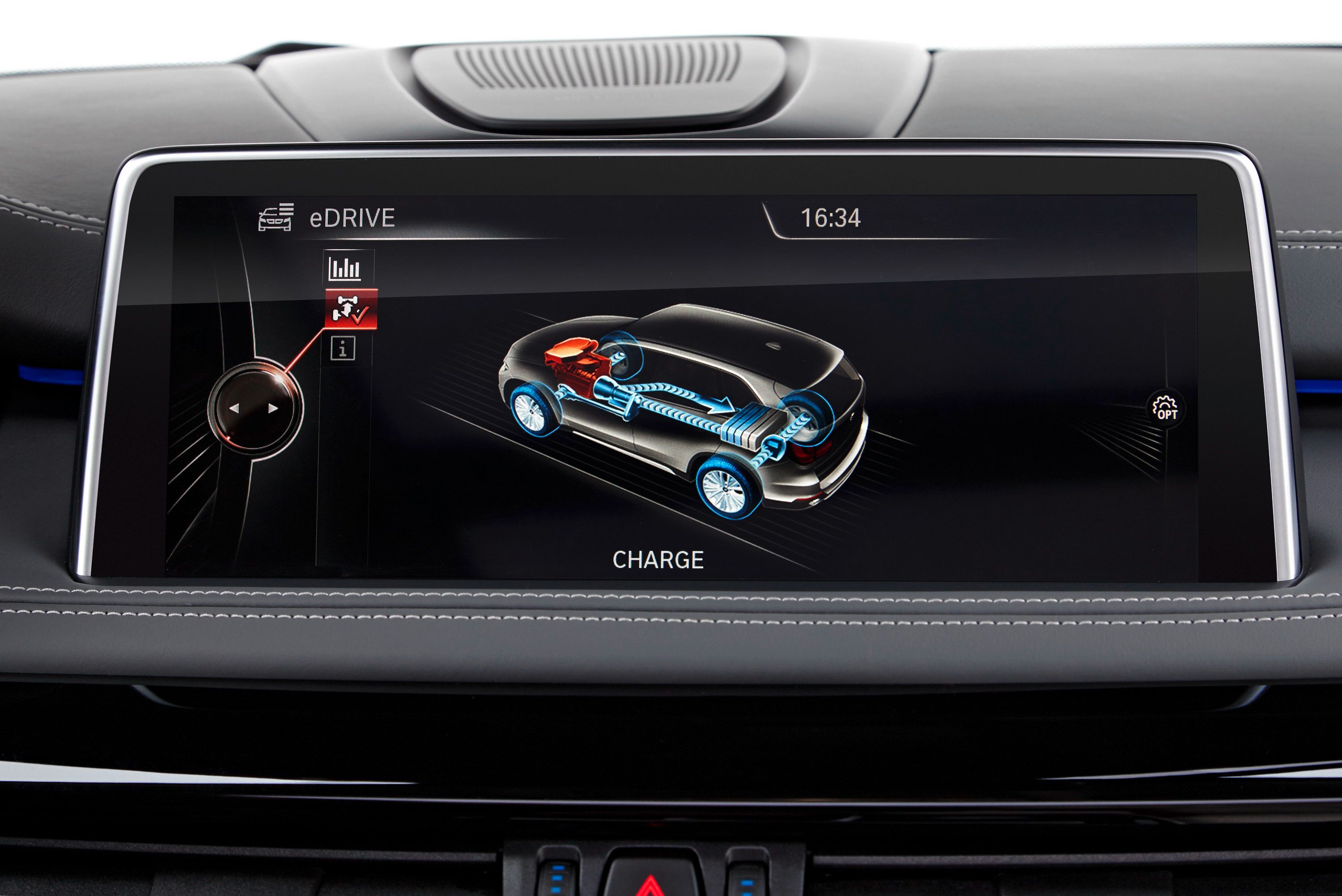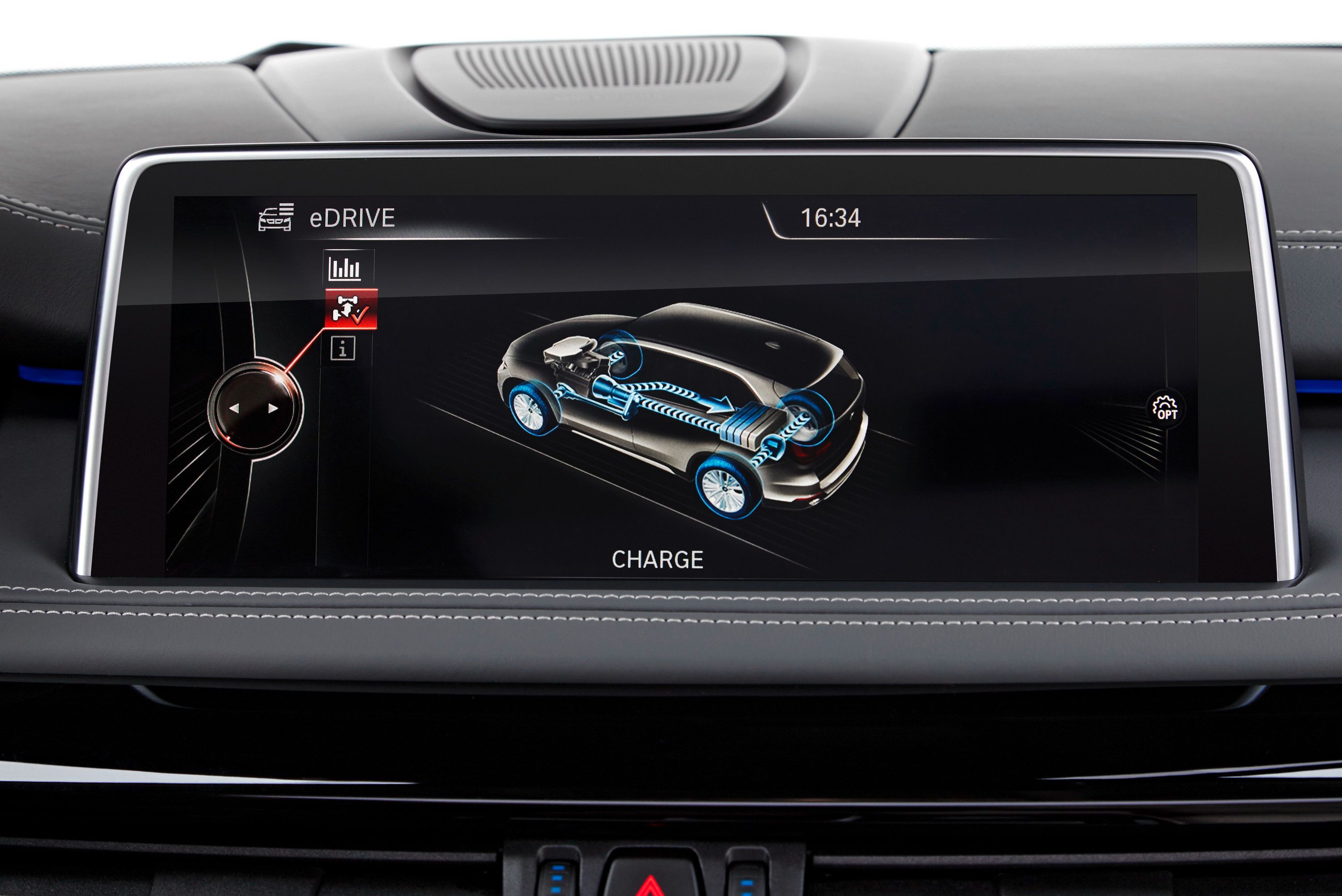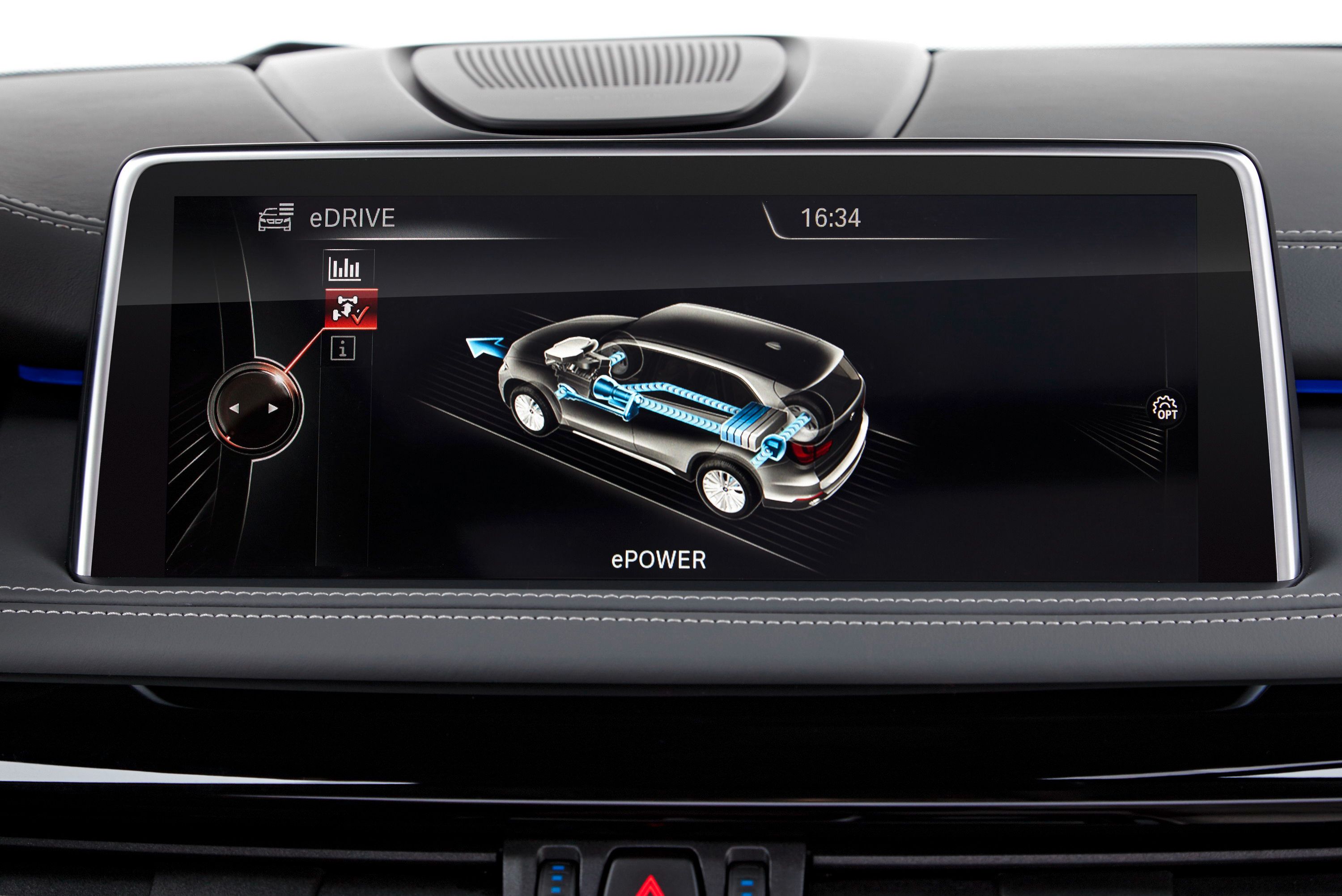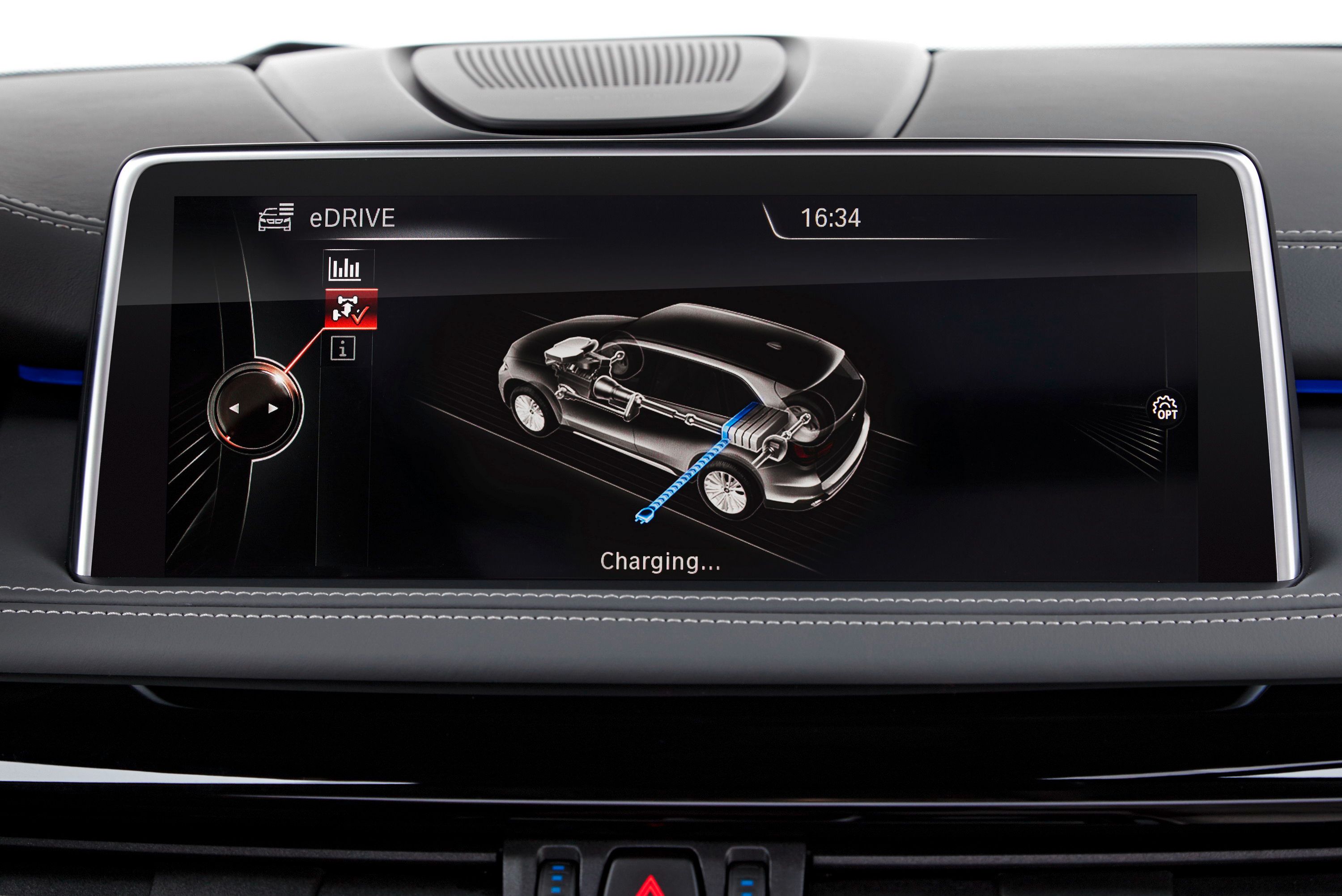The X5->ke326 first hit American shores in the 2000 model year as BMW's first-ever journey into the realm of SUVs. The German automaker followed it up with the X3,->ke255 and now as we near the 2016 model year, BMW->ke178 has grown a healthy selection of SUVs to choose from. A new addition to the X5 lineup is coming for 2016, in the form of the X5 xDrive40e plug-in hybrid, as BMW tries to stay ahead of the times with this fuel-sipping people-hauler.
Combining a 2.0-liter turbocharged four-cylinder engine with an electric motor to create over 300 horsepower seems like a wonderful plan on paper. However, with a performance hybrid like the 2015 Cayenne S E-Hybrid already on the market, and the 2016 Audi Q7 e-tron 3.0 TDI set to deliver insane hybrid diesel mileage and performance to Europe, is the X5 xDrive40e too little too late?
Continue reading my full review on the 2016 BMW X5 xDrive40e to find out.
2016 BMW X5 xDrive40e
- Make: Array
- Model: 2016 BMW X5 xDrive40e
- Engine/Motor: inline-4
- Horsepower: 313
- Torque: 332
- Transmission: 8-speed Steptronic
Exterior
From the outside, the BMW X5 xDrive40e looks no different than any other X5, for the most part. There are no fancy aerodynamics, no wild colors, and no special wheels. A close inspection does reveal an access door for the plug receptacle on the front, driver-side fender, but that and the badges are the only way to tell what this vehicle really is.
Being based upon the X5 and carrying all of its features, this is one of the classier-looking SUVs on the market today. I personally feel that the X5 is one of the more timeless SUVs of this era, and BMW has done a great job at keeping it that way for many years. The X5 has aged gracefully, which makes it difficult to determine if one is just a few years old or a decade old.
For buyers who want their X5 xDrive40e to stand out from the crowd a little more, BMW does offer an M Sport package for it, or BMW Individual can customize it or you.
Exterior Dimensions
|
Length |
4,886 MM (192.36 Inches) |
|
Width |
1,938 MM (76.29 Inches) |
|
Height |
1,762 MM (69.37 Inches) |
|
Wheelbase |
2,933 MM (115.47 Inches) |
|
Track, front/rear |
1,644 / 1,650 MM (64.72/64.96 Inches) |
Interior
BMW laid low on interior details about the X5 xDrive40e, which leads me to believe that it will carry on with pretty much the same setup as the standard X5. There are a few noticeable differences in the plug-in versions, including the presence of an eDrive button that allows the driver to adjust the amount of electric intervention, the extra eDrive section on the center-mounted LED screen, and a hybrid-specific instrument cluster.
Additionally, there is one not-so-noticeable difference between the xDrive40e and the standard X5, unless you regularly fill up the cargo area, and that is the cargo area in the plug-in hybrid version can hold only 500 to 1,720 liters of cargo, which is 150 liters less than the standard X5.
The remainder of the cabin appears to be standard X5, but that certainly isn’t a bad thing. This means that the model features high-end leather seating, a premium audio system, upscale trim work, and plenty of options to custom fit your X5 xDrive40e to your liking.
Drivetrain
The drivetrain is, of course, where the X5 xDrive40e really separates itself from the rest of the X5 lineup. On the fermented dino juice side of things, the X5 xDrive40e uses a 2.0-liter TwinPower Turbo four-cylinder that produces 240 horsepower and 258 pound-feet of torque. The electric side of the equation includes a synchronous electric motor integrated into the eight-speed Steptronic auto transmission. This electric motor is good for 113 horsepower and 184 pound-feet of instantly available torque. As a whole, this drive system produces 313 horsepower and 332 pound-feet of torque.
The electric motor is fueled by a 9 kWh battery that you can charge via a standard household socket, a BMW Wallbox, or a public charging station. The battery takes 3 hours and 50 minute to charge up, whereas the Wallbox takes 2 hours and 45 minute to charge the battery.
The power routes through the aforementioned eight-speed transmission and to all four wheels for maximum traction. It’ll even run in all-wheel drive when you switch it into EV mode, which I’ll get into in just a bit.
At full capacity, the X5 xDrive40e can hit 62 mph in a respectable 6.8 seconds and top out at an electronically limited 130 mph. On the EU cycle, this plug-in hybrid SUV can get 83.1 to 85.6 mpg combined while emitting just 77 grams of CO2 per 100 km.
As I mentioned earlier, this plug-in hybrid can run in EV mode only. It can travel up to 19 miles in this mode, and will top out at 75 mph.
To allow the driver to fine-tune the system, there is an eDrive button on the dashboard. The default setting on the eDrive system is “Auto eDrive,” which allows the engine and motor to work in tandem. In this setting, the electric motor handles take-off and the gasoline engine chimes in at around 44 mph, or whenever the driver gooses the throttle a little. The “Max eDrive” setting is for full-electric driving. The final setting is “Save Battery,” which allows the vehicle to store the battery’s charge for later use. This final setting would likely be used on the highway when you know you’ll be entering a zero-emissions area (Europe only) later in your trip.
Like the standard X5, this plug-in version also features the Driving Experience Control, which allows the driver to switch between three driving modes. “Comfort” and “Sport” modes adjust throttle mapping, damper settings, steering response, and the shift pattern to match the style of driving. ”Eco Pro” mode, on the other hand, optimizes the electronics in the vehicle to increase fuel economy, plus it features a coasting function that shuts off the engine when possible at speeds of up to 100 mph.
This drivetrain is the future of BMW, as it provides great performance and awesome fuel economy, and it allows the driver to tailor the driving experience to his liking. This system will only get better through the years.
Drivetrain Specifications
|
Drive system |
|
|
Drive concept |
Full hybrid drive, permanent torque vectoring to all four wheels from one or both units via BMW xDrive |
|
System output |
313 HP |
|
Combustion engine |
|
|
Config./No. of cyls./valves |
In-line / 4 / 4 |
|
Engine technology |
BMW TwinPower Turbo technology: TwinScroll turbocharger, High Precision Injection, fully variable valve control (VALVETRONIC), Double VANOS variable camshaft control |
|
Effective capacity cm³ |
1997 |
|
Bore/stroke mm |
90.1 / 84.0 |
|
Compression ratio :1 |
10.0 |
|
Fuel grade min RON |
91 |
|
Output |
245 HP @ 5,000 – 6,500 RPM |
|
Torque |
258 LB-FT @ 1,250 – 4,800 |
|
Electric motor |
|
|
Motor technology |
BMW eDrive technology: synchronous electric motor integrated in 8-speed Steptronic transmission, generator function for energy recuperation for the highvoltage battery |
|
Max. output |
113 HP @ 3,170 RPM |
|
Rated output |
75 HP @ 5,000 RPM |
|
Torque |
184 LB-FT |
|
Recuperation output kW |
20 |
Prices
Pricing on the X5 xDrive40e is not available yet, but it will hit European dealers in the fall of 2015. There is no mention of its U.S. release, but I fully expect it to hit U.S. dealers at the same time, given BMW will build it in the Spartanburg, SC plant. I expect pricing to fall somewhere between the $56,200 xDrive35i and the $70,100 xDrive50i, so look for it to land around $63,000.
Competition
Porsche Cayenne S E-Hybrid
The Porche Cayenne S E-Hybrid is a more performance-tuned hybrid, but given it is currently (as of 3/17/2015) the only midsize plug-in hybrid luxury SUV on the market, X5 xDrive40e shoppers may take a look at it. Under its hood, the Porsche carries a 3.0-liter supercharged V-6 that combines with an electric motor to produce 416 horsepower and 435 pound-feet of torque. This output allows for a 5.4-second sprint to 60 mph and a 151-mph top speed.
On the EU cycle, the Cayman is rated at 47 mpg-e and it emits 79 grams of CO2 per 100 km. Additionally, it can travel up to 14 miles on electricity only.
The 2015 Cayenne S E-Hybrid checks in at $77,200, making it a good bit more expensive than I expect the X5 to be.
Audi Q7 e-tron
While Europe will enjoy a 3.0-liter TDI engine in its version on the Q7 e-tron, here in the U.S. we will eventually get one with a gasoline engine in place of the diesel. There is no mention of when the U.S.-spec model will arrive or its specifications, but the European-spec model is absolutely insane.
In Europe, this model produces 373 horsepower and 516 pound-feet of torque, which will allow it to hit 62 mph in just six seconds. The power will travel through all four wheels via Audi’s quattro all-wheel-drive system. Altogether, this thrifty SUV will consume just 1.7 liters of diesel fuel per 100 km, which converts to 138.4 mpg in the U.S. There’s no way that the U.S.-spec model will touch this rating, but we can dream, right?
Conclusion
With fuel getting increasingly expensive and SUVs continuing to sell well, manufacturers needed to adjust in order to keep fuel economy high. This new influx of plug-in hybrid SUVs from BMW, Porsche and soon Audi are just one way to deliver high fuel economy while maintaining good performance. Personally, I would prefer to see more performance-oriented diesel engines, but I also understand that diesel engines tend to be significantly more expensive and they are still not very popular here in the U.S. The 2016 BMW X5 xDrive40e is a nice alternative though.

